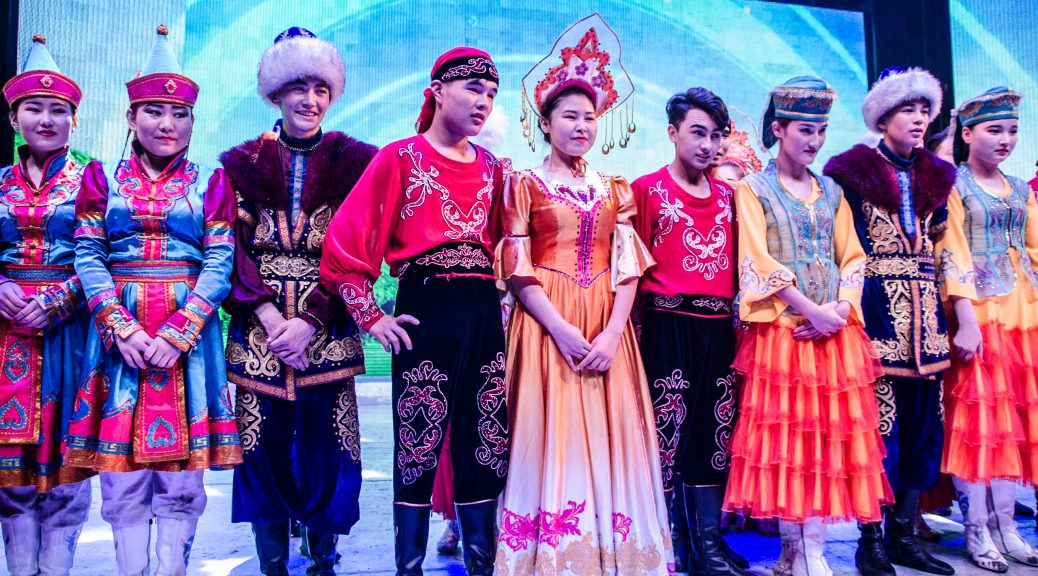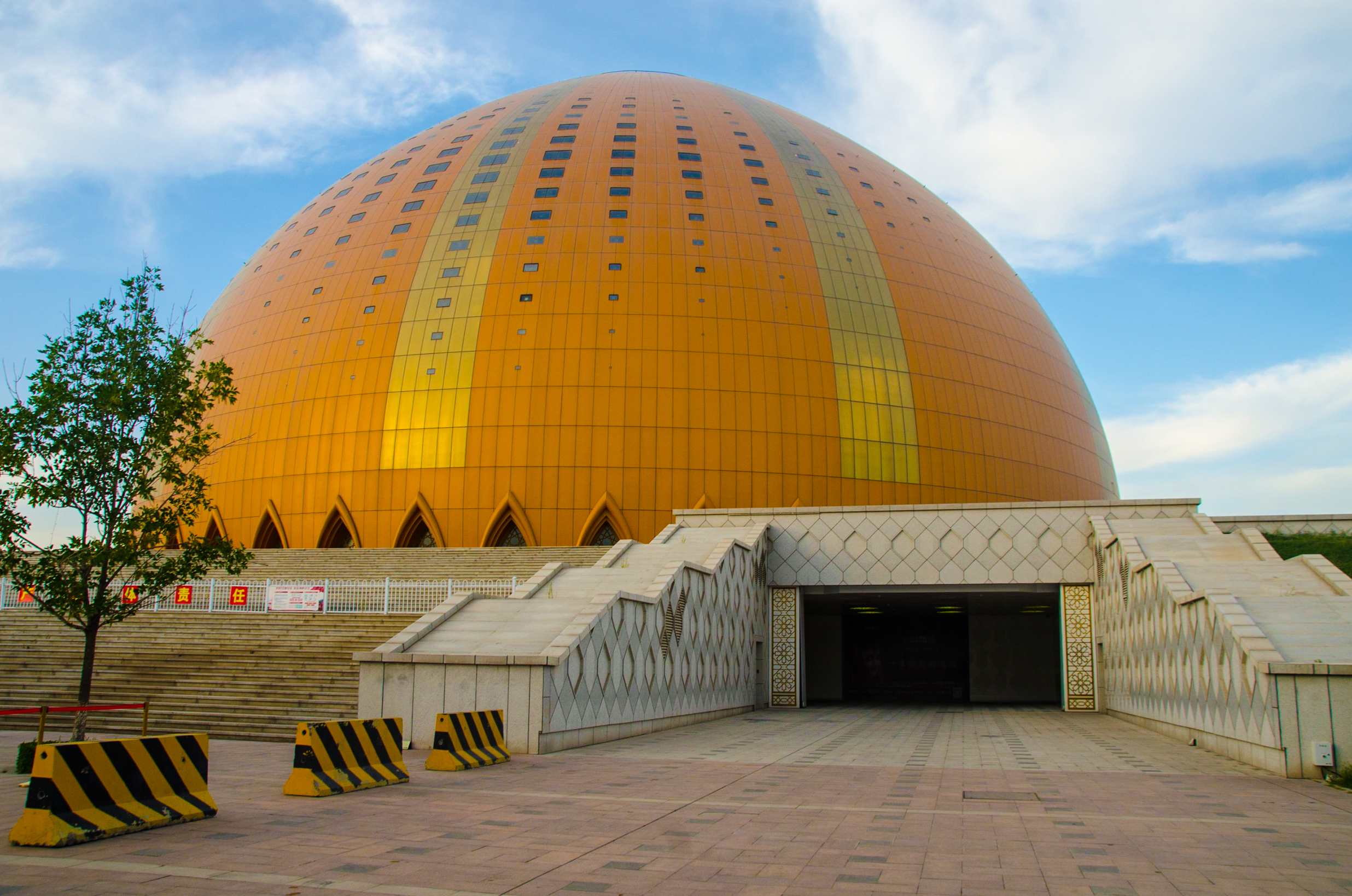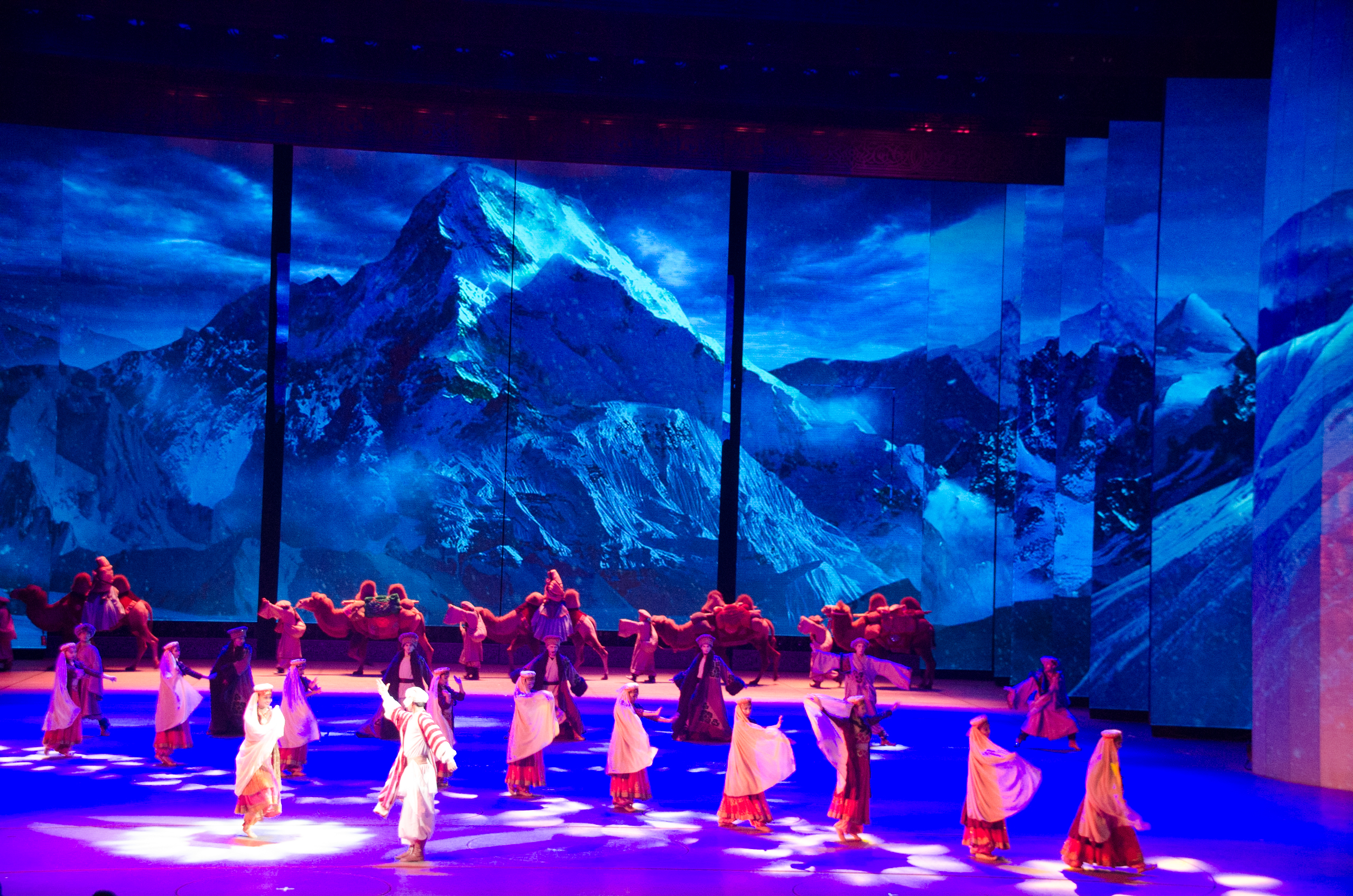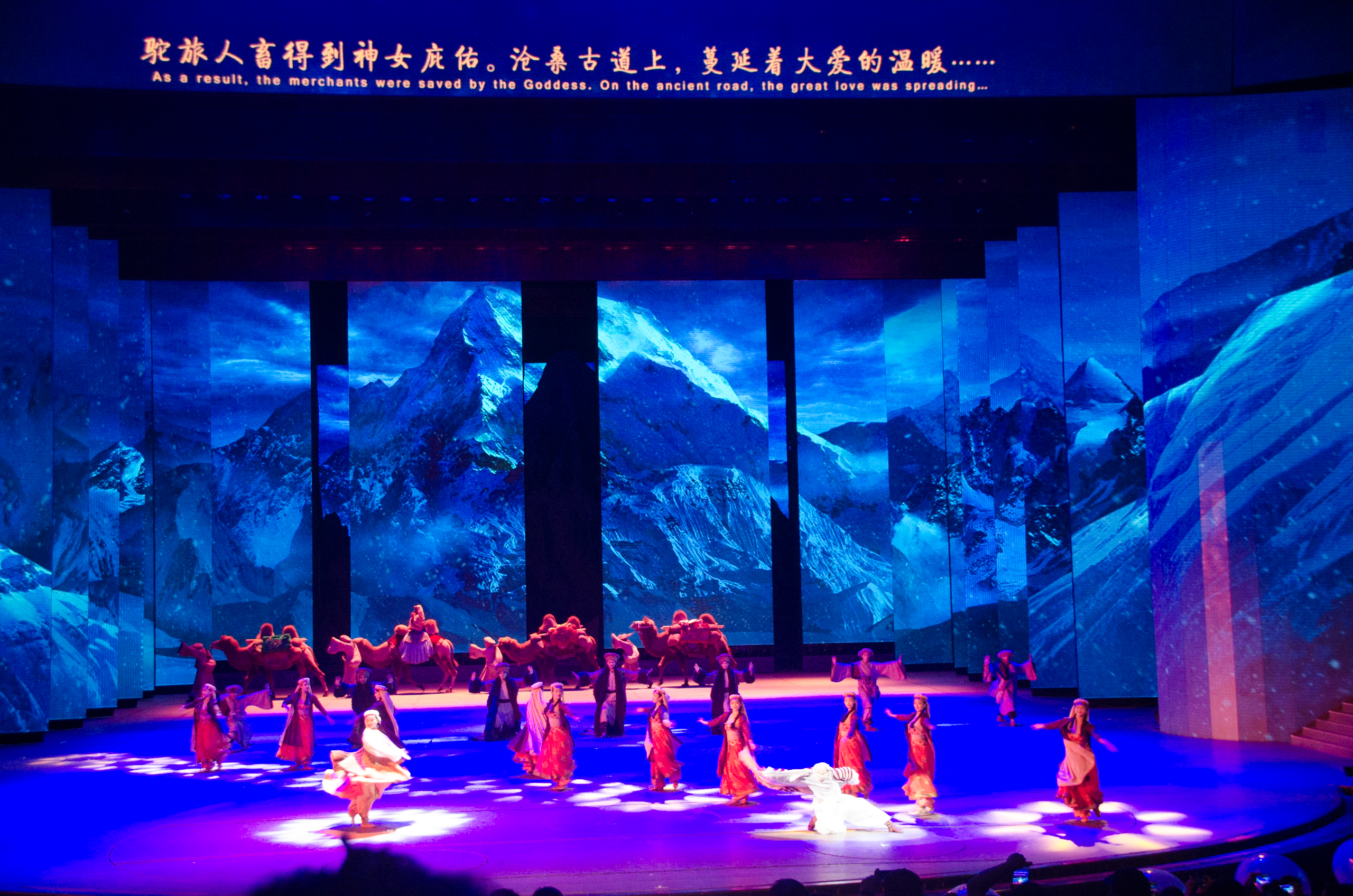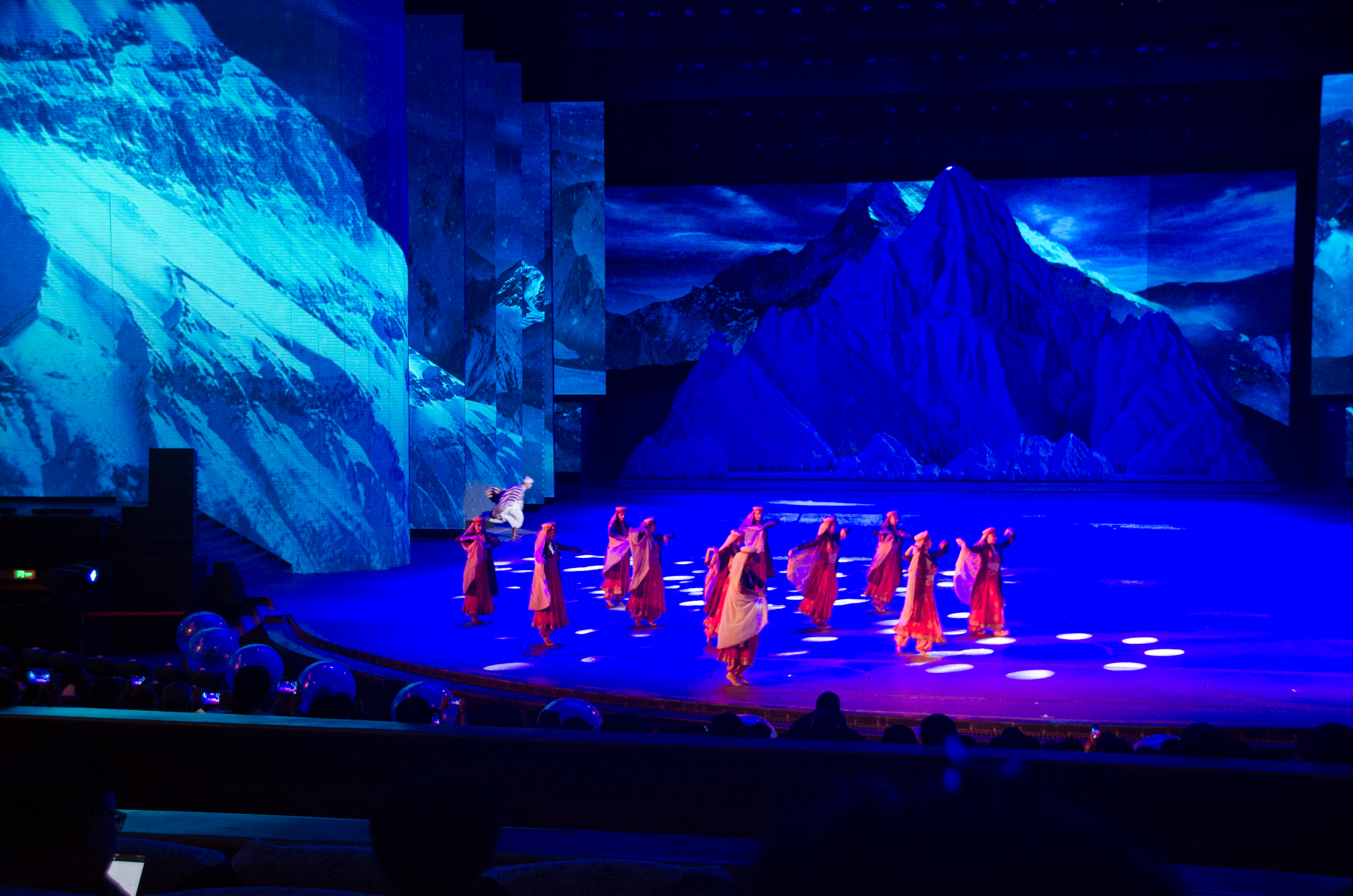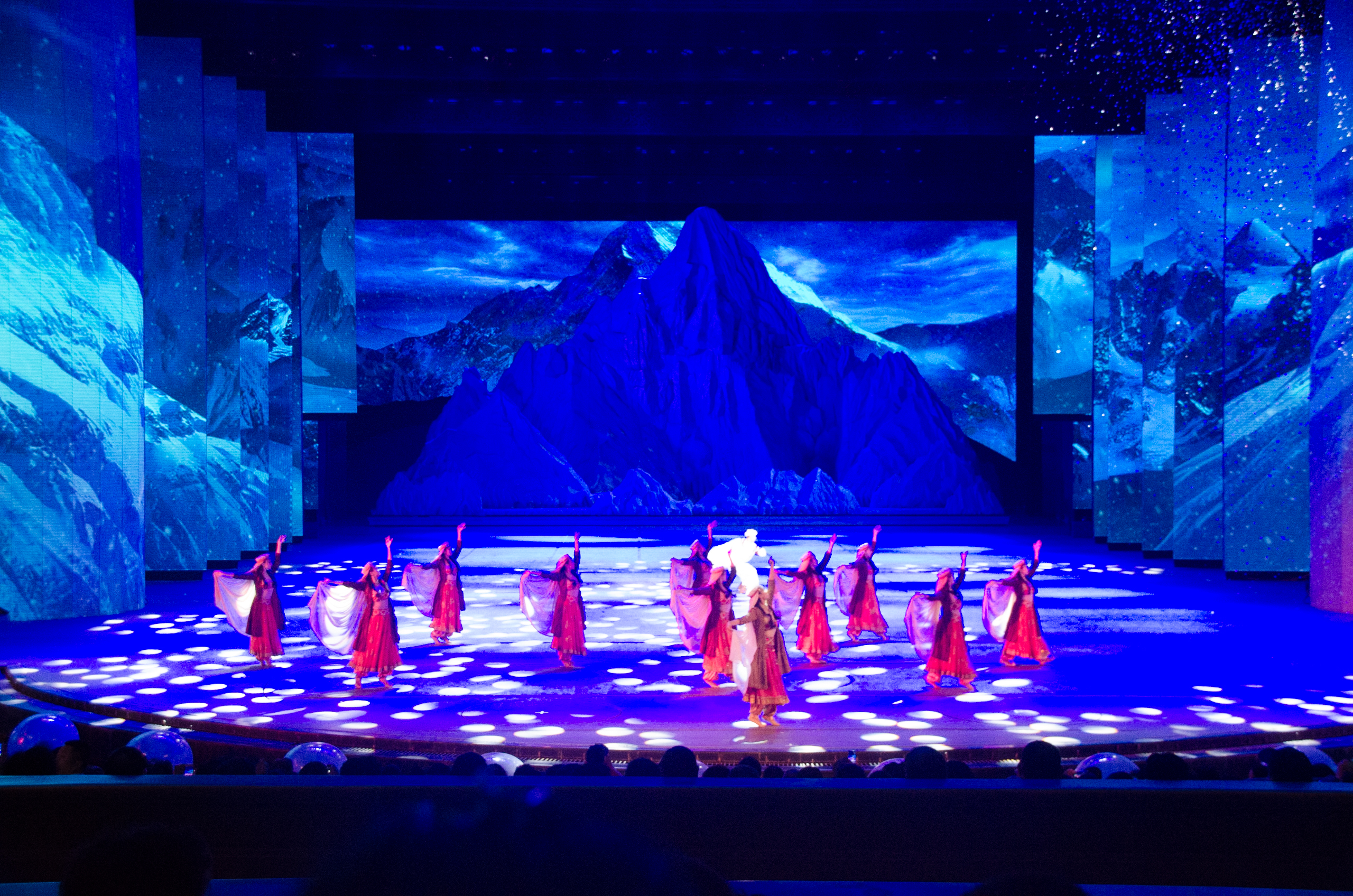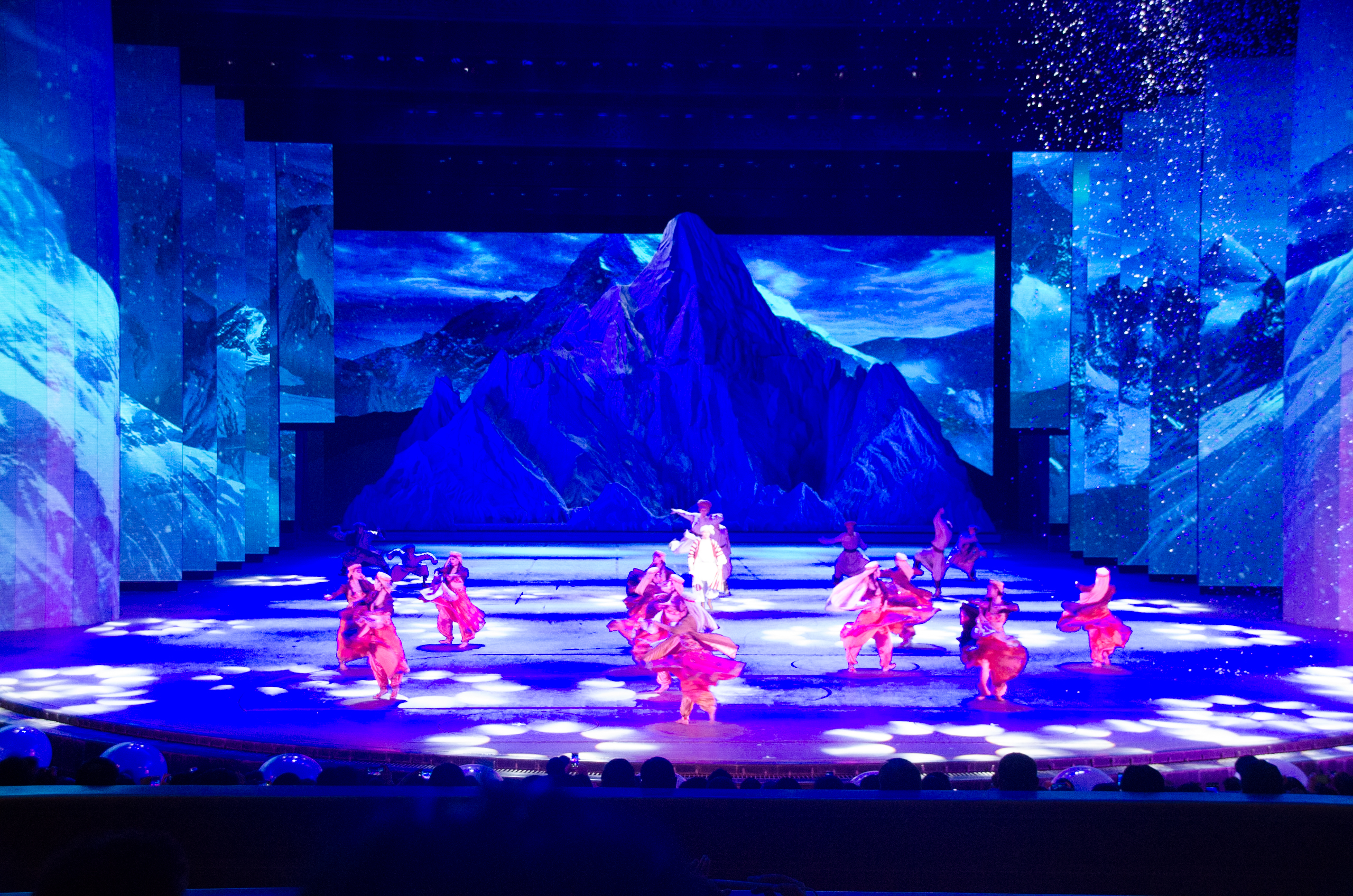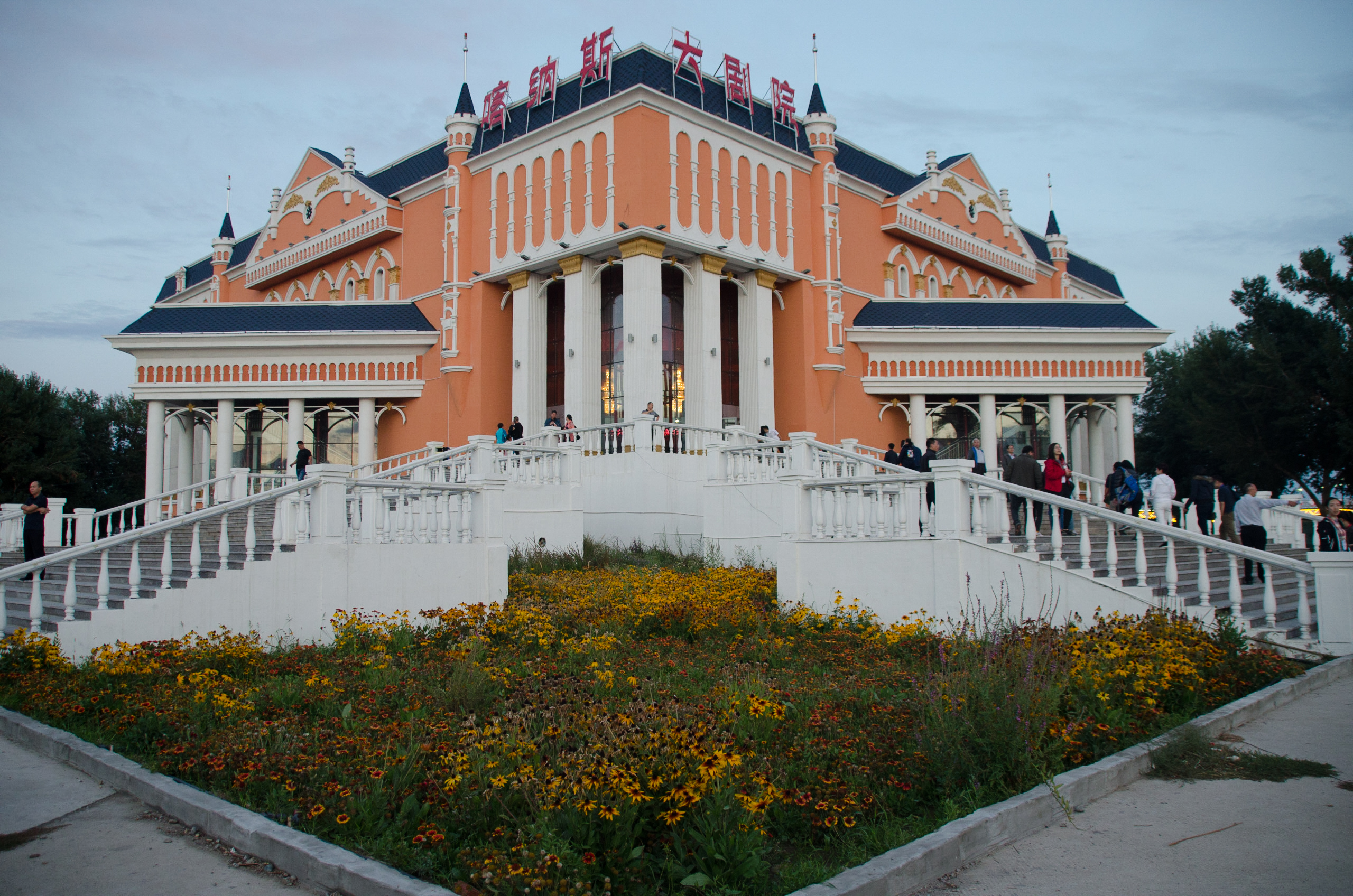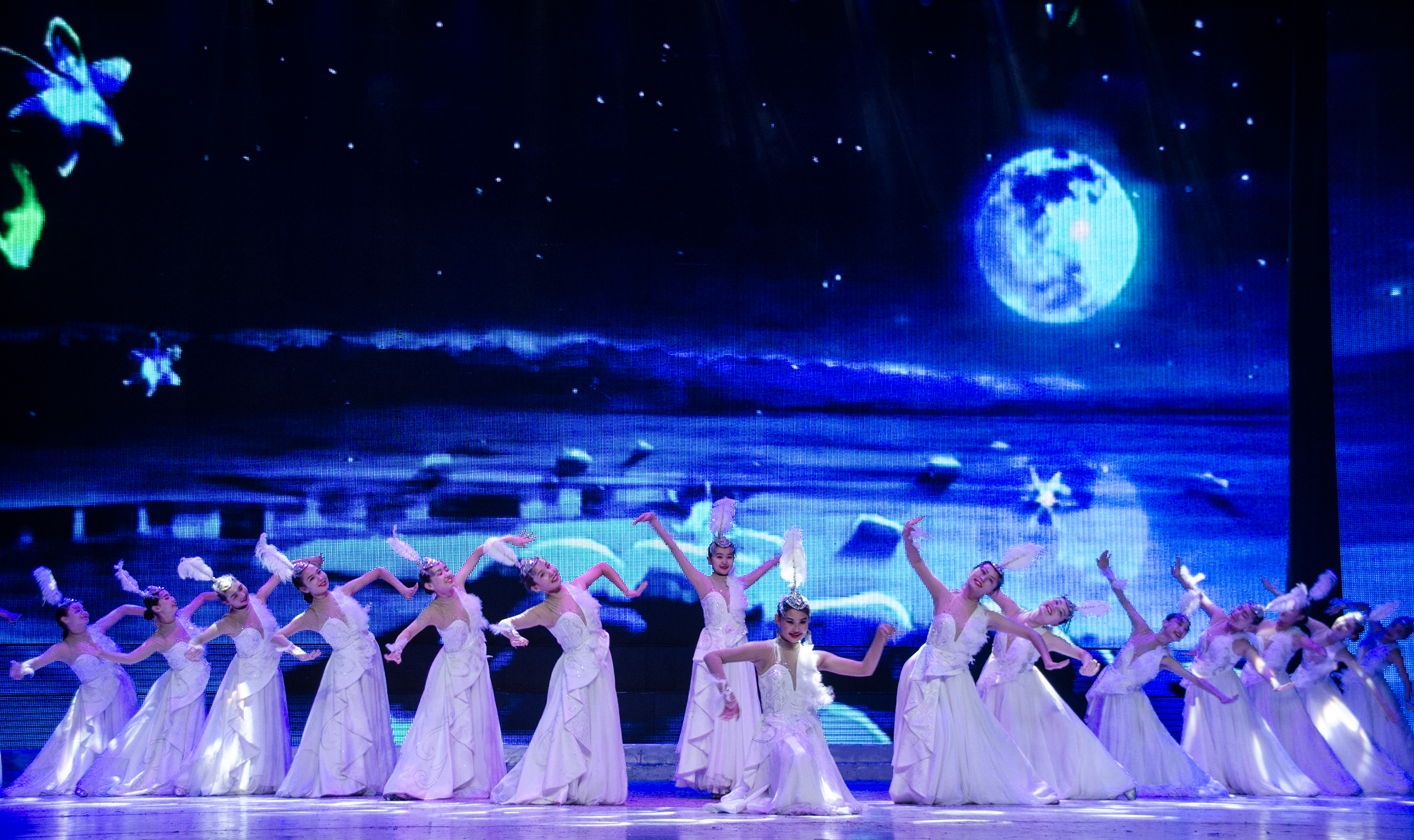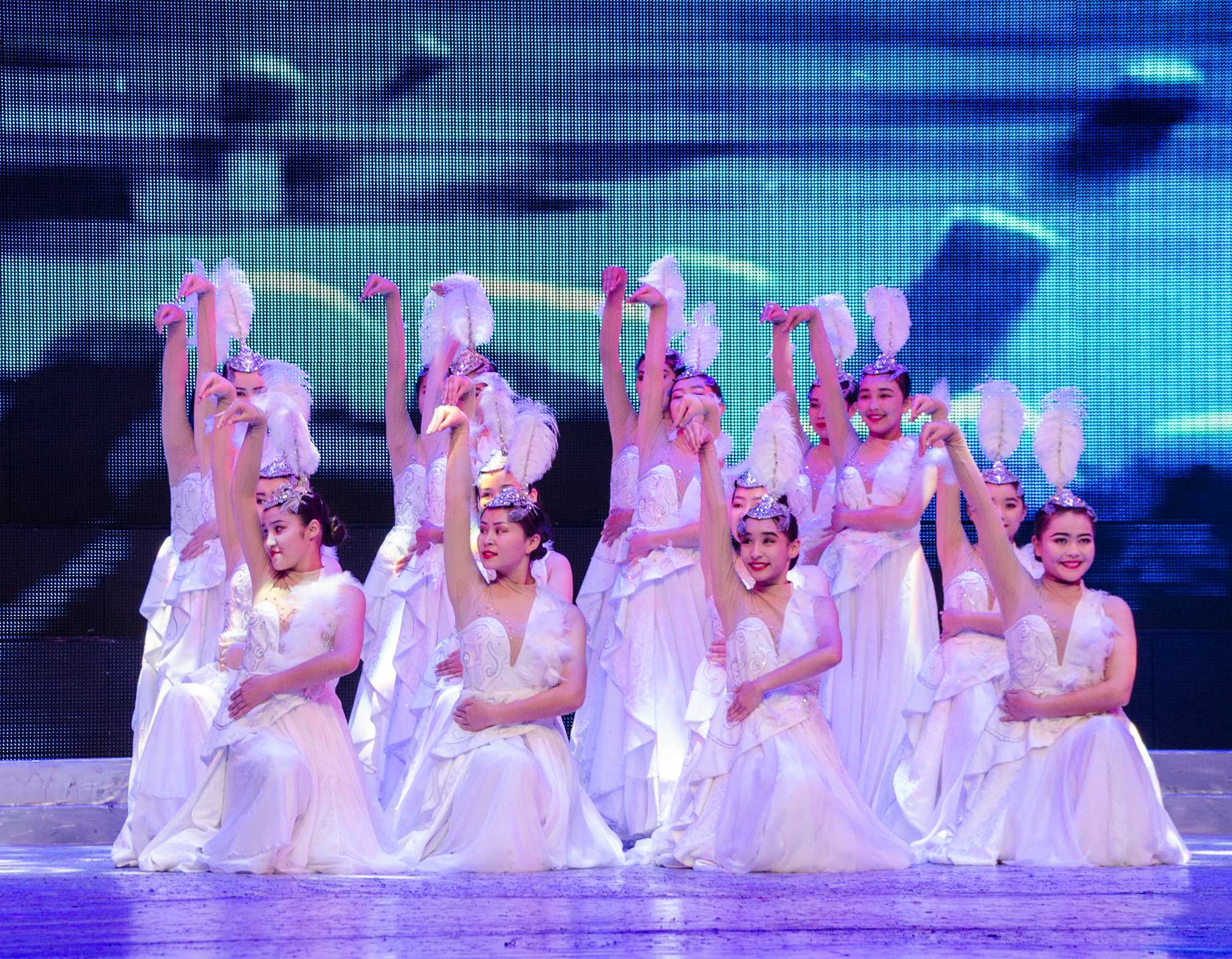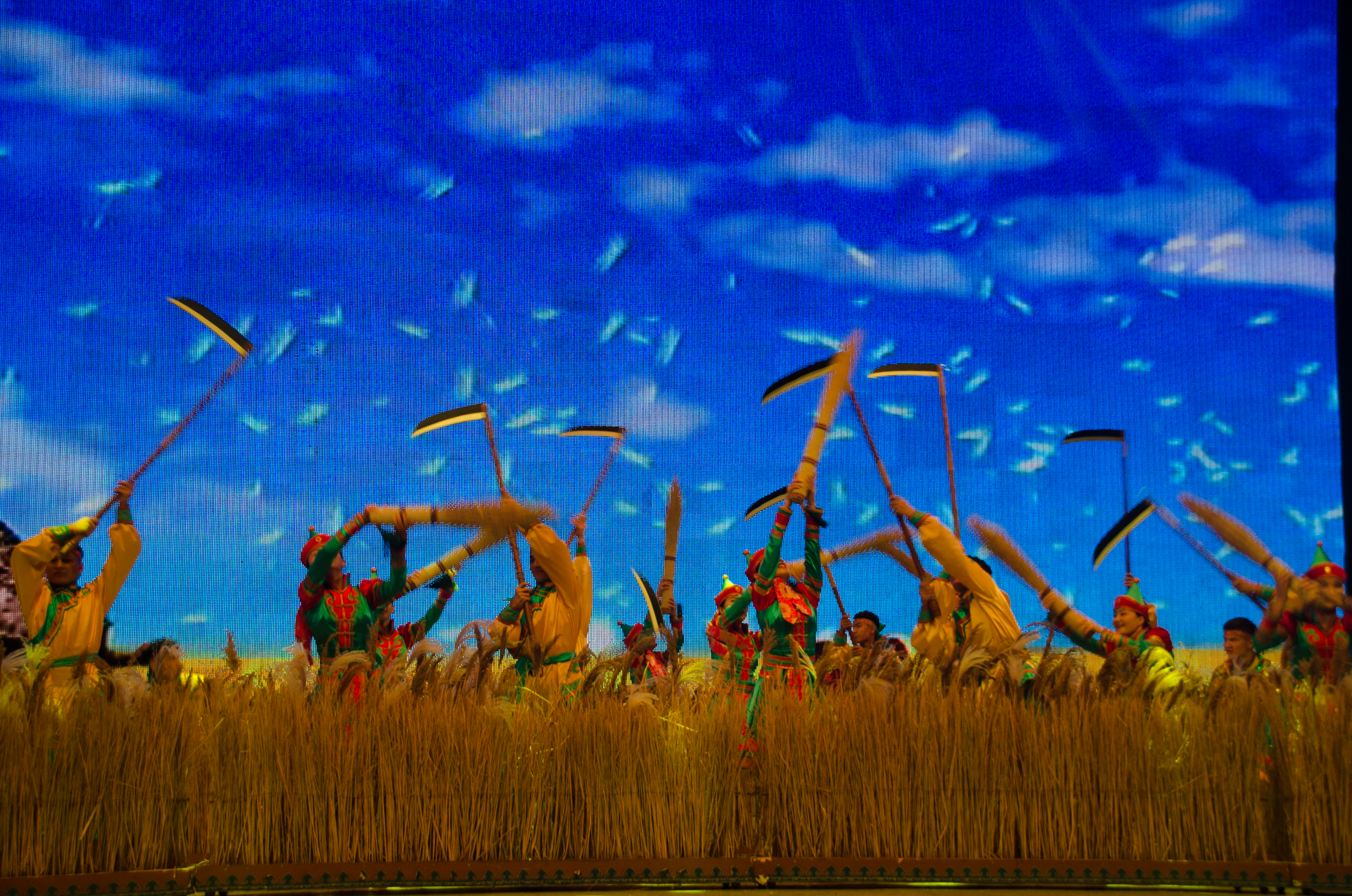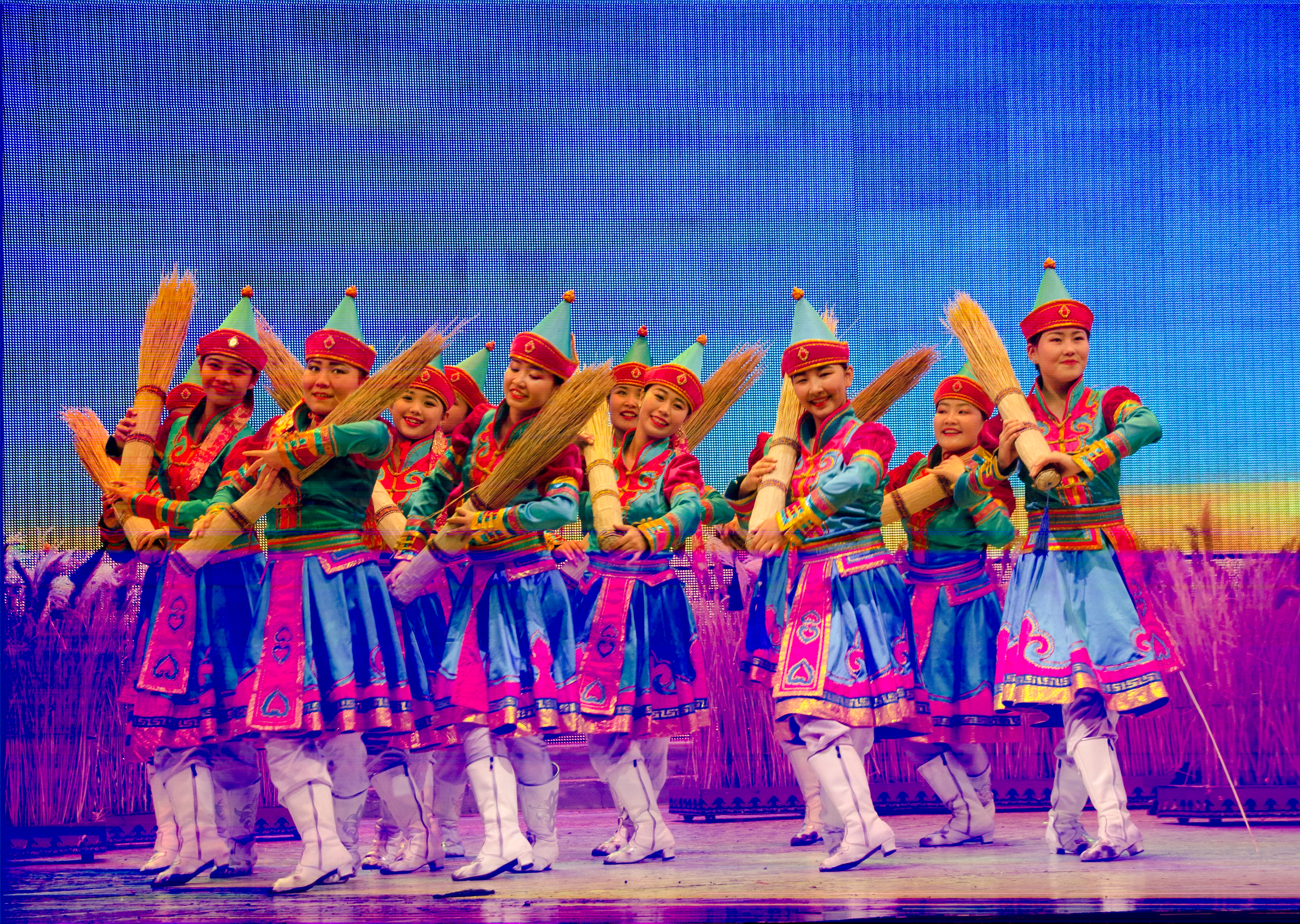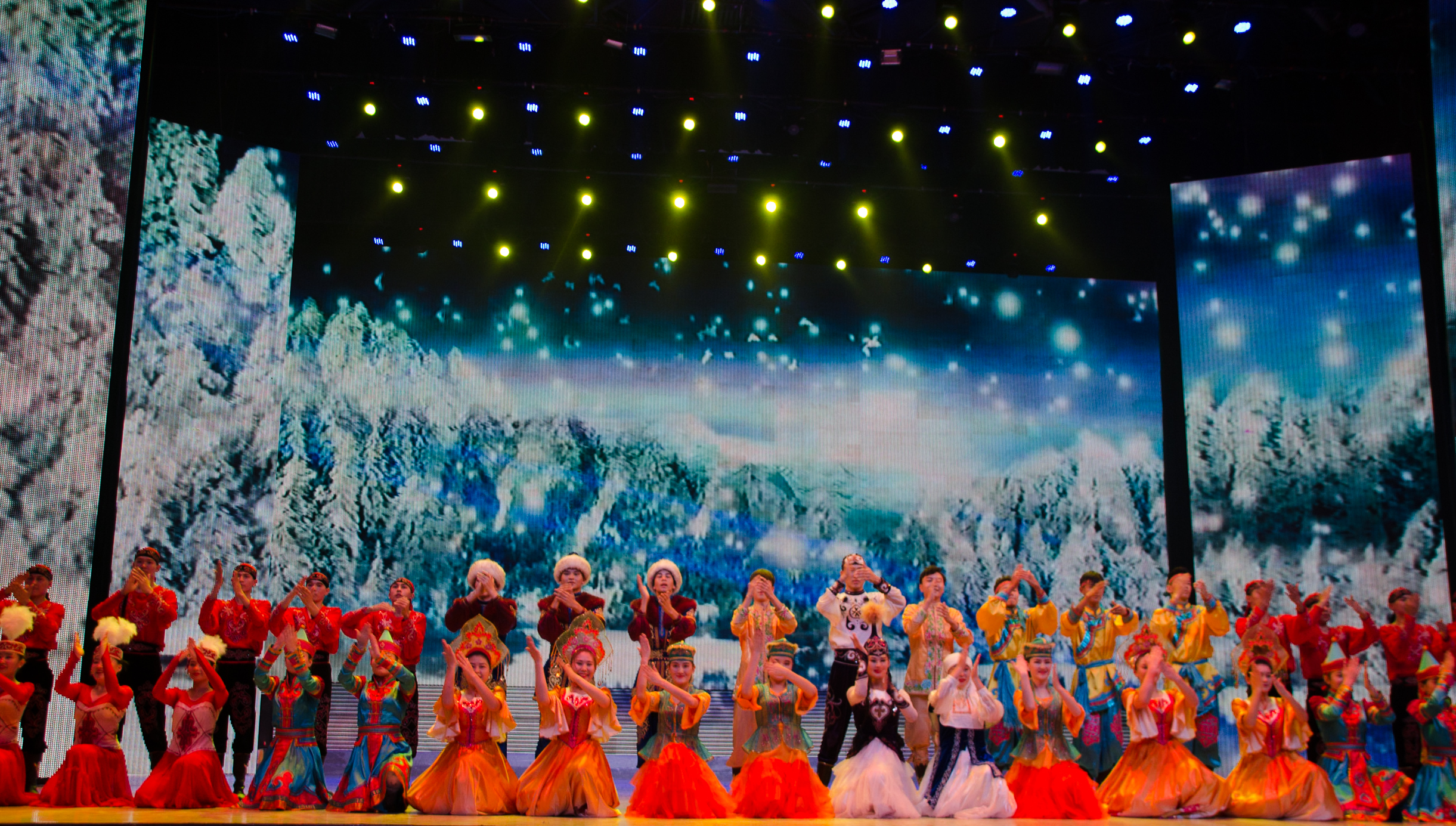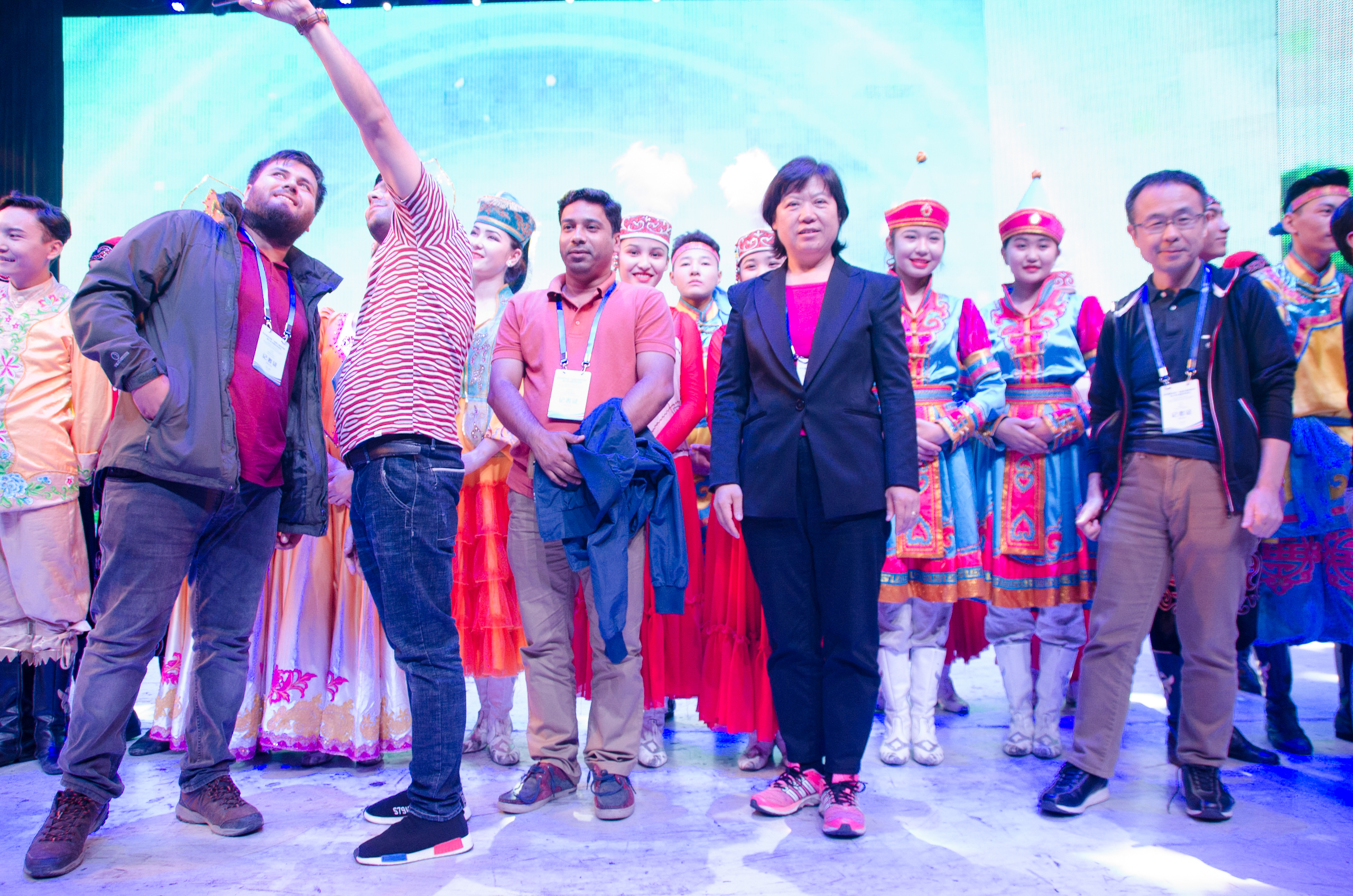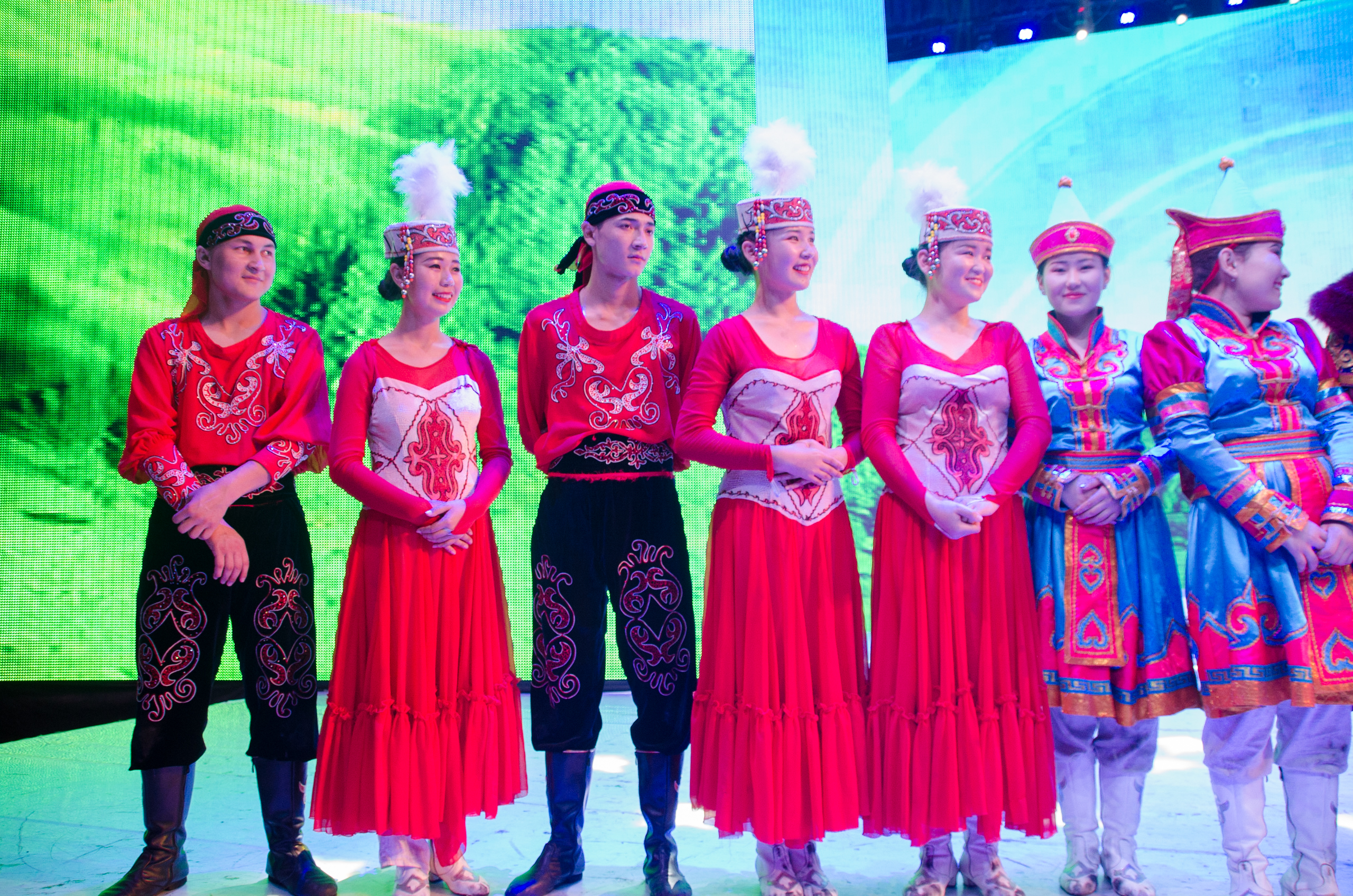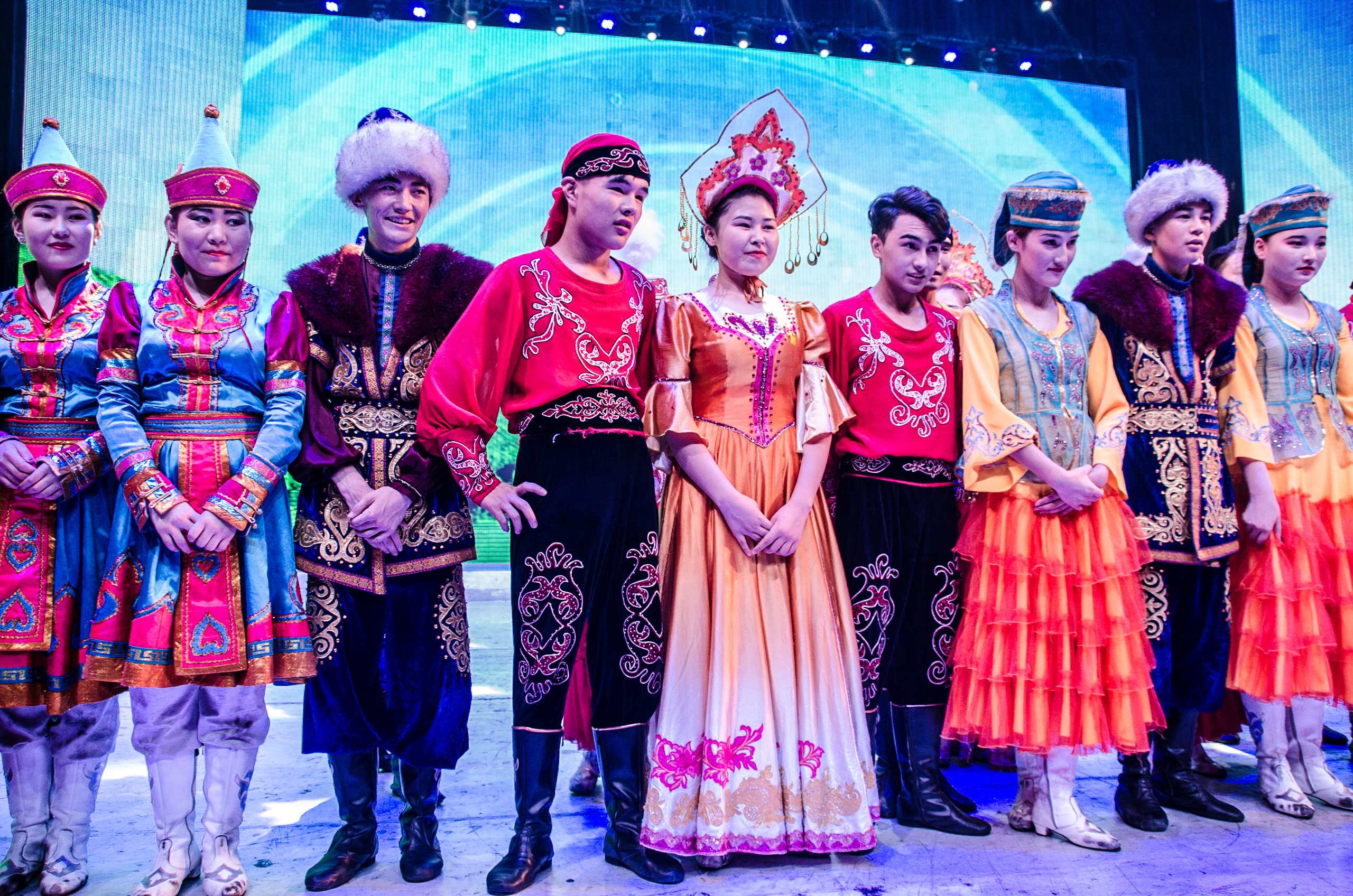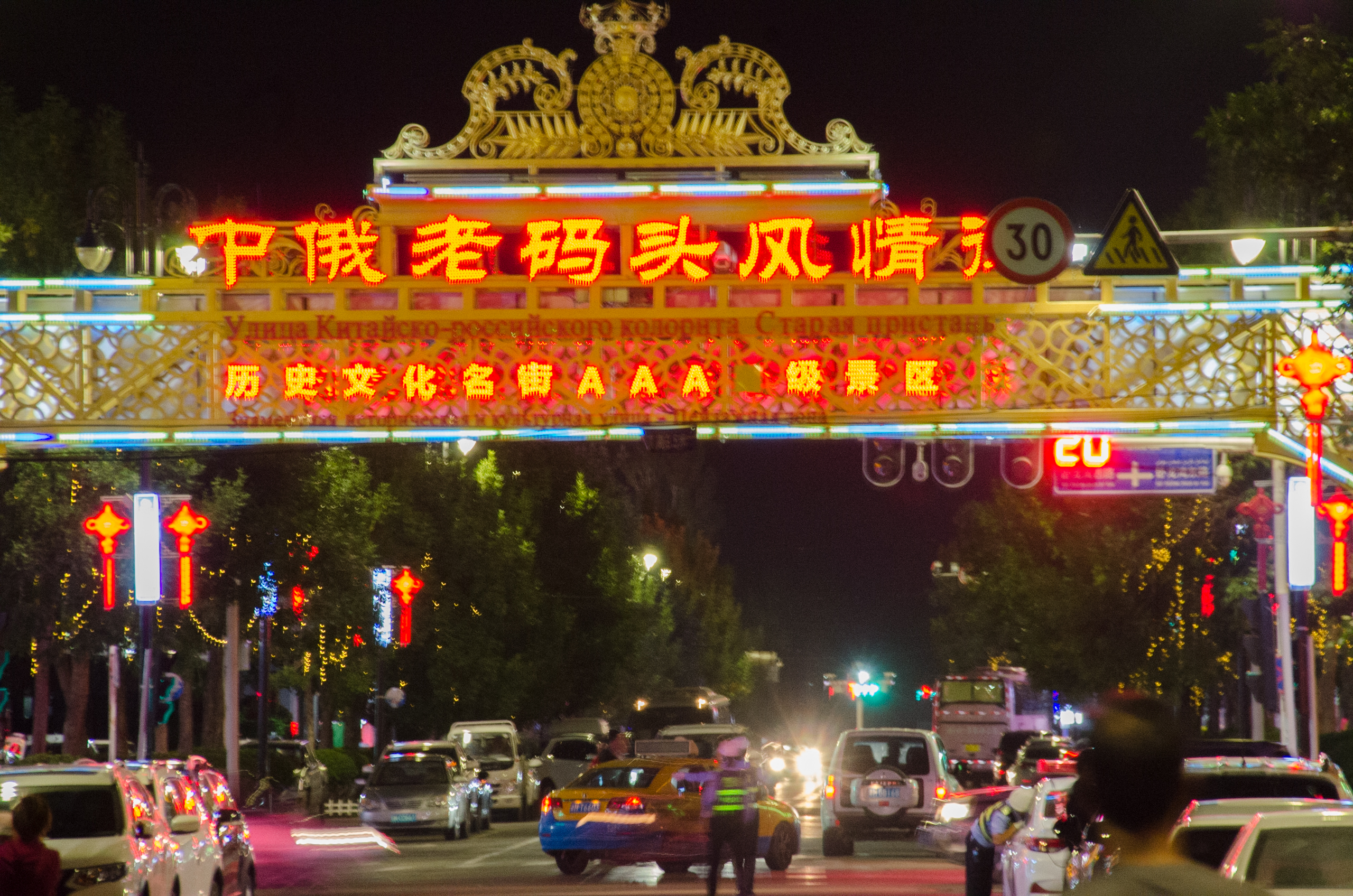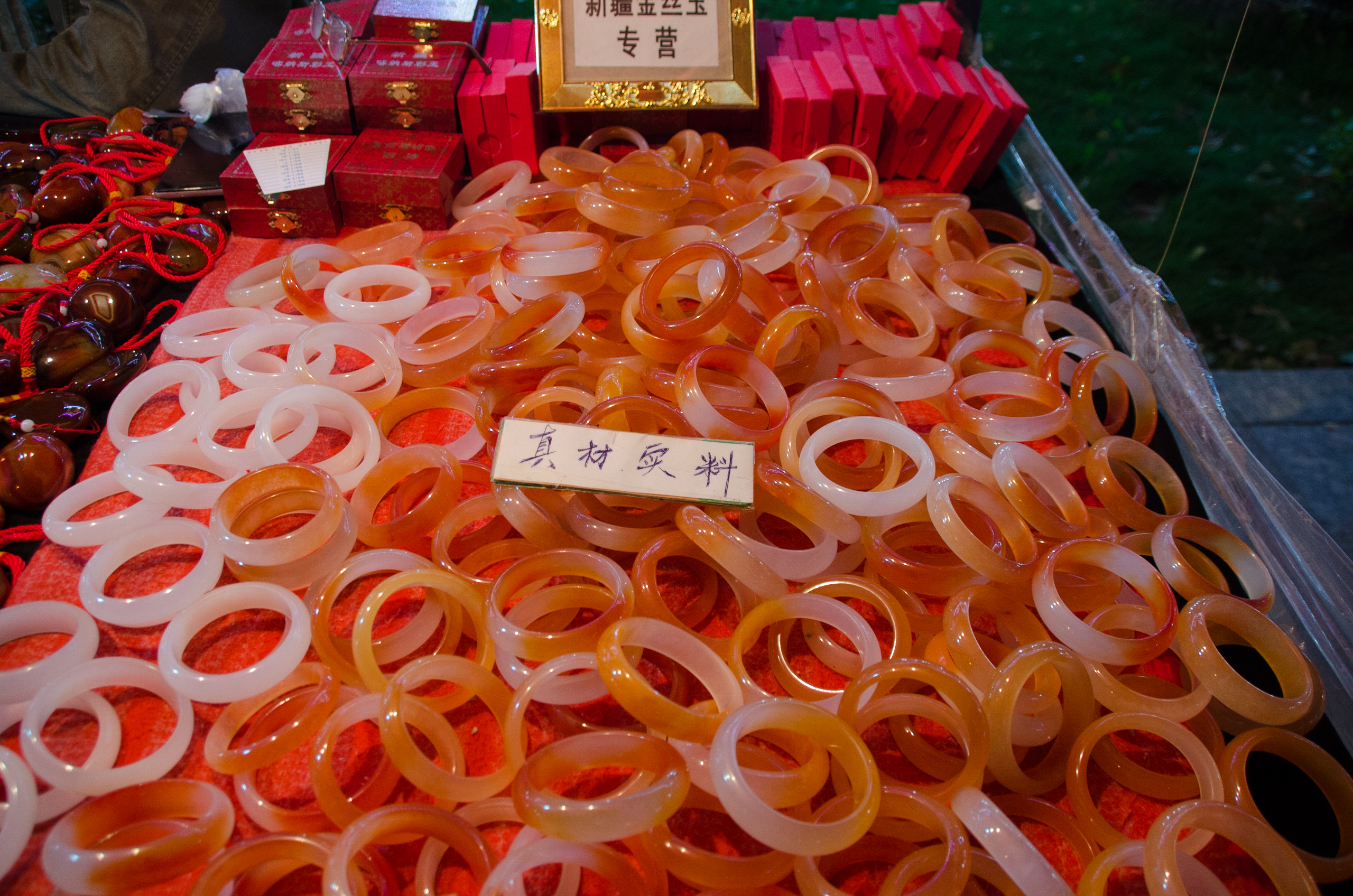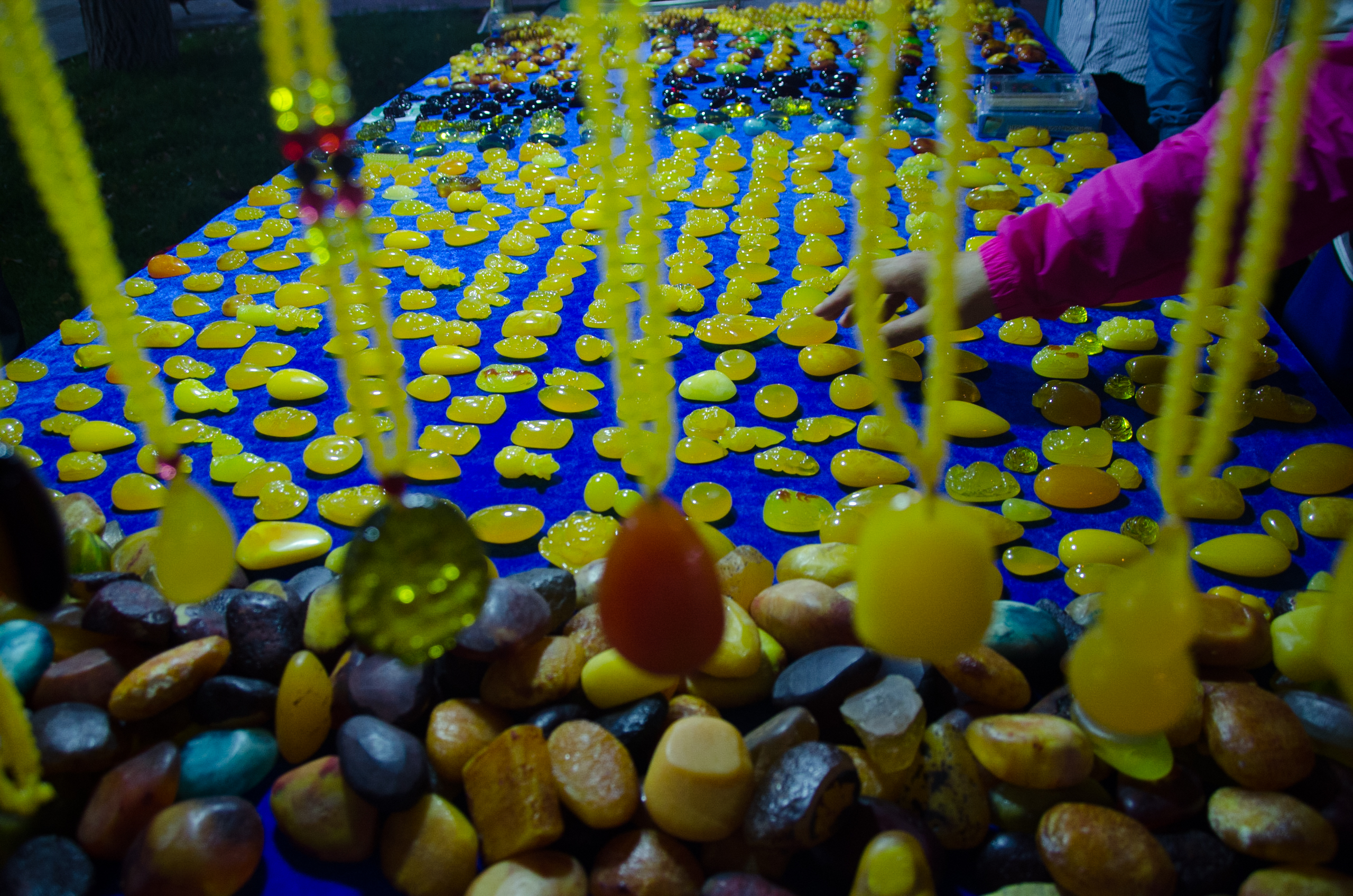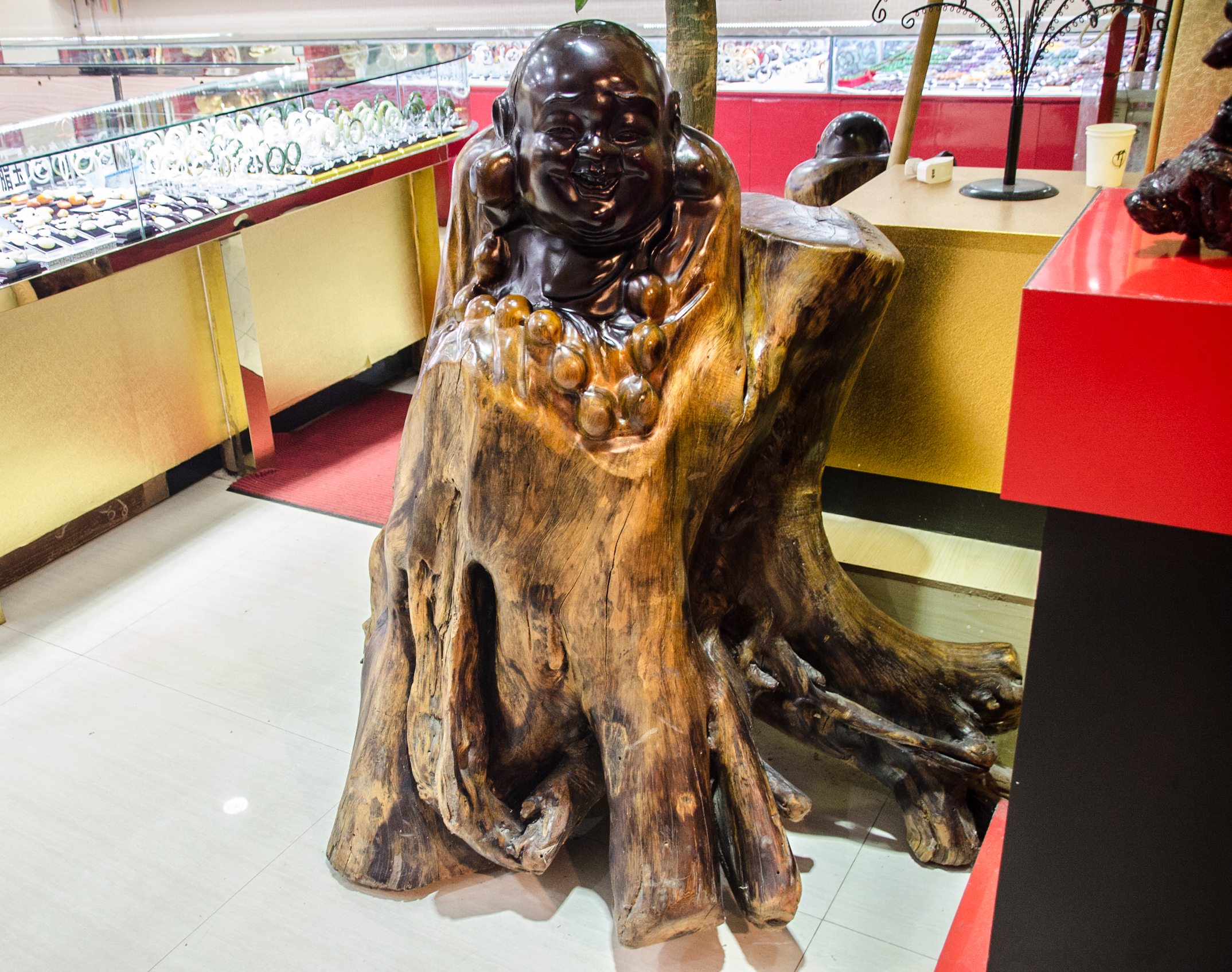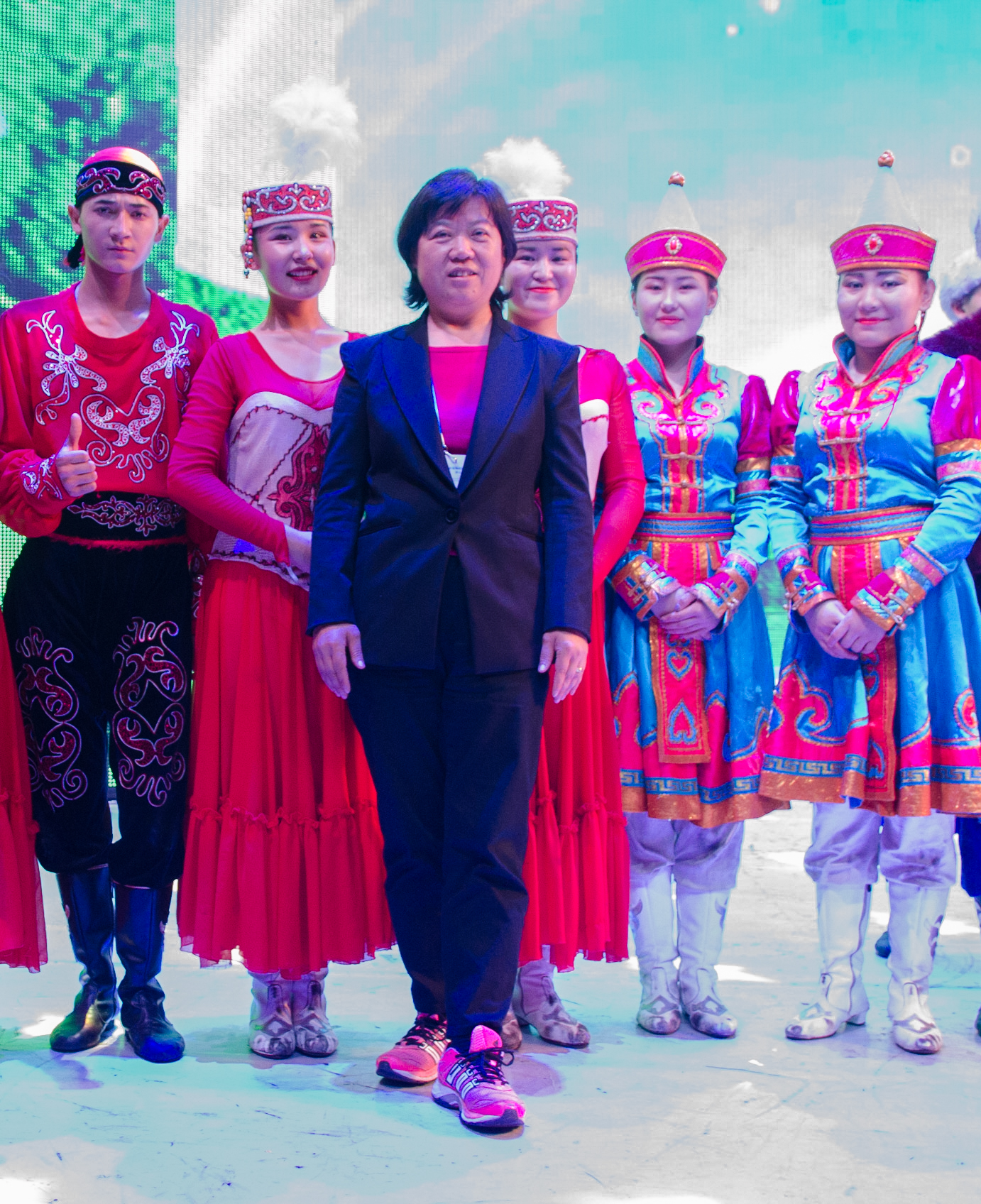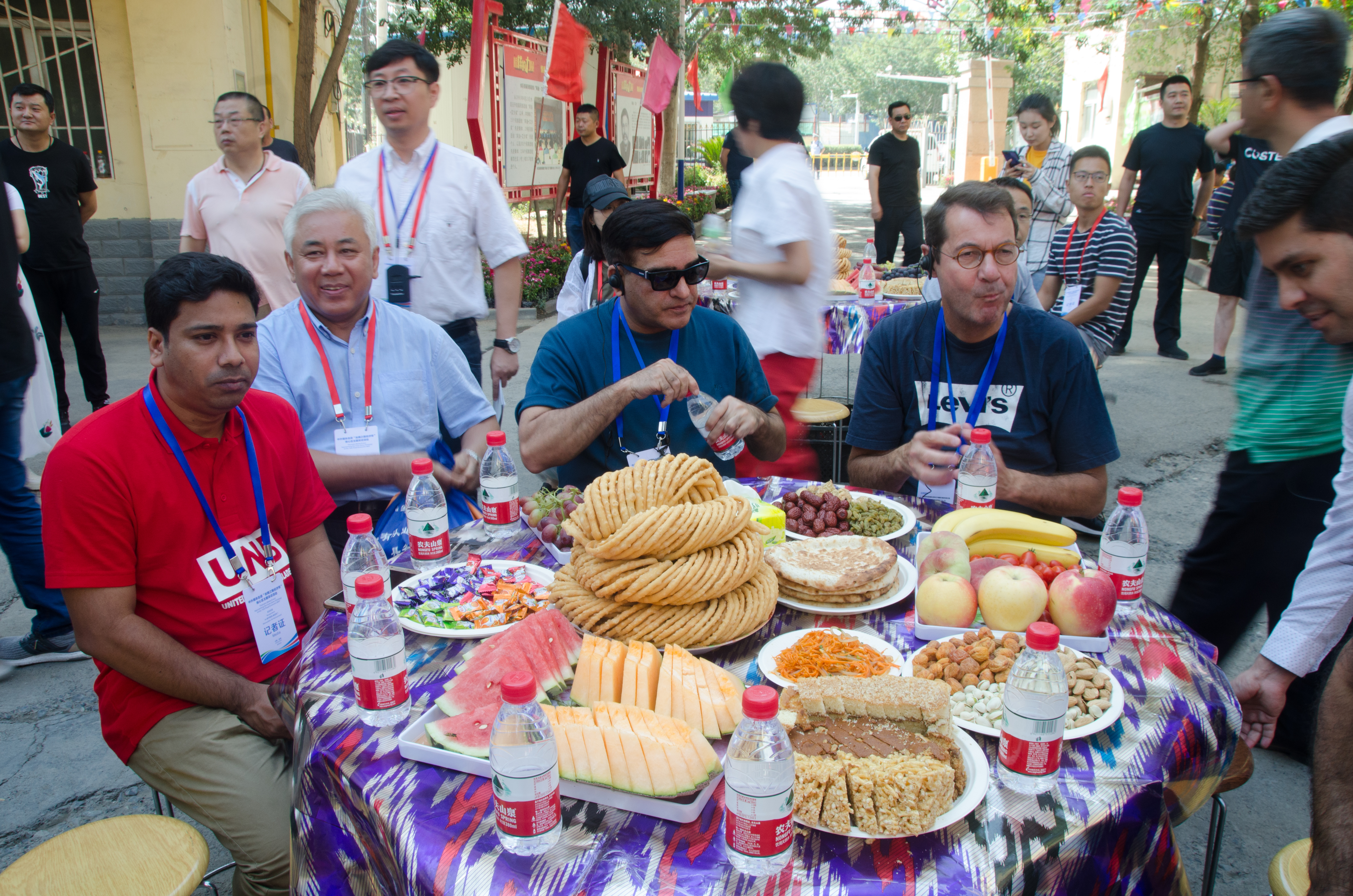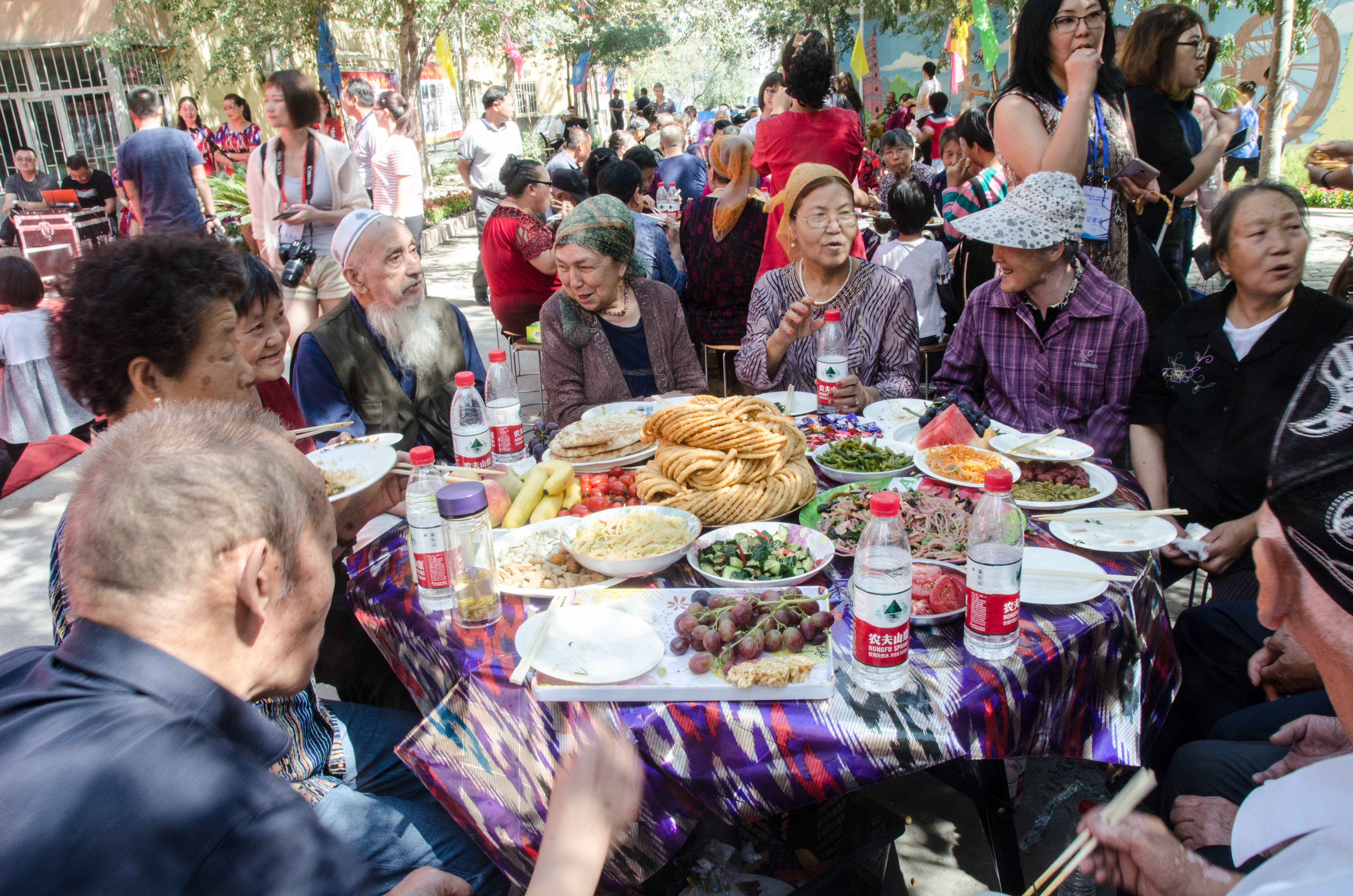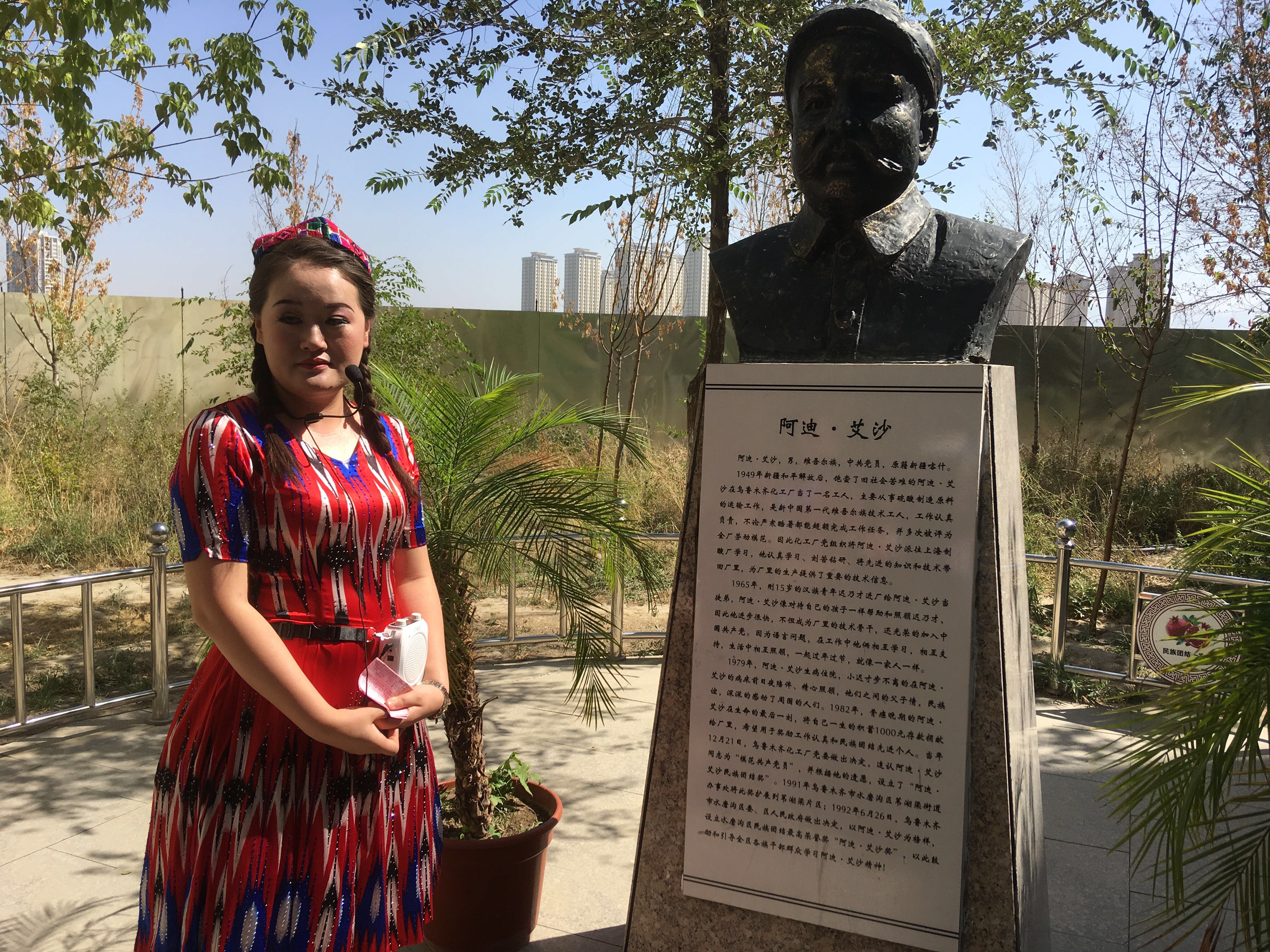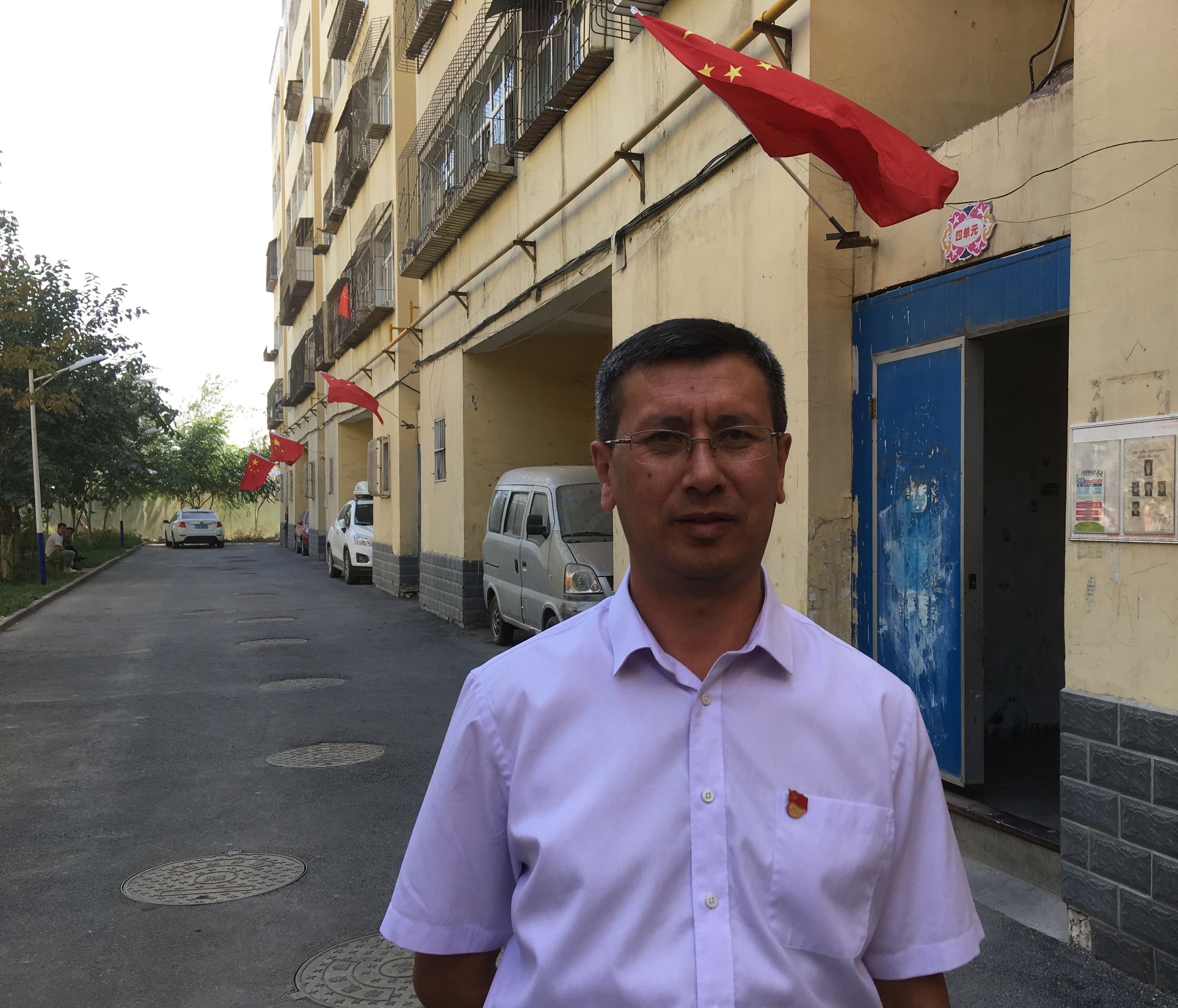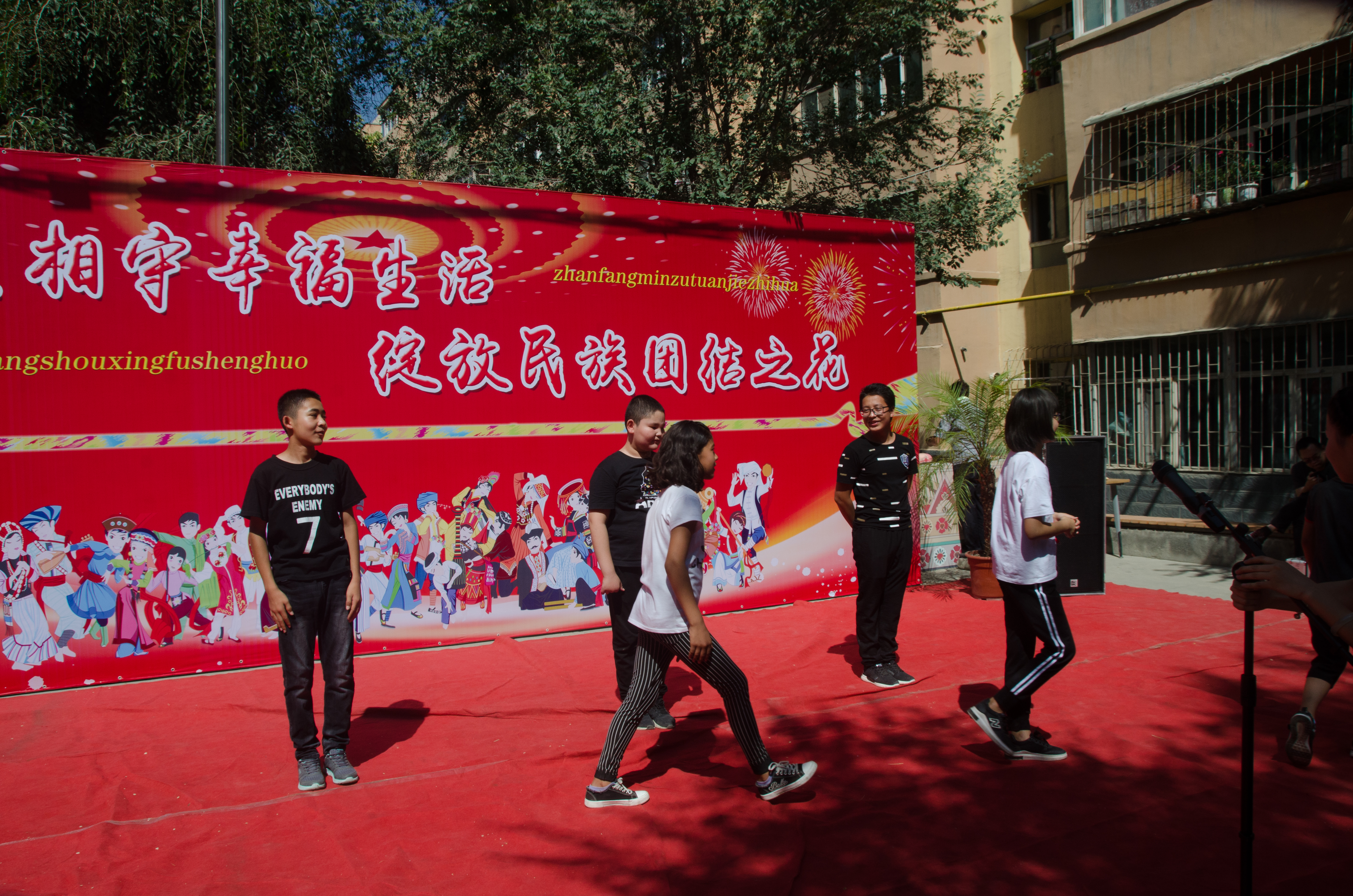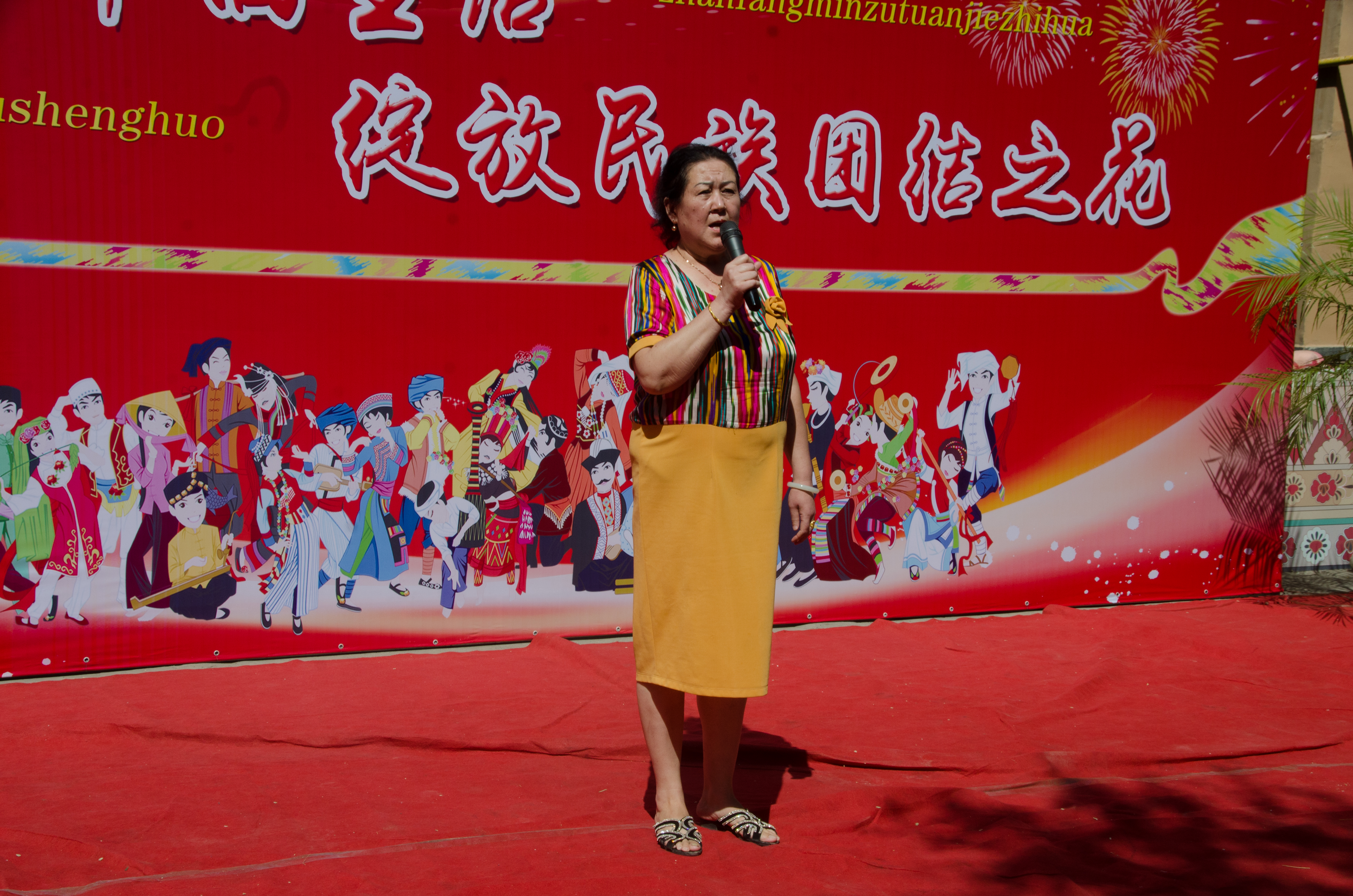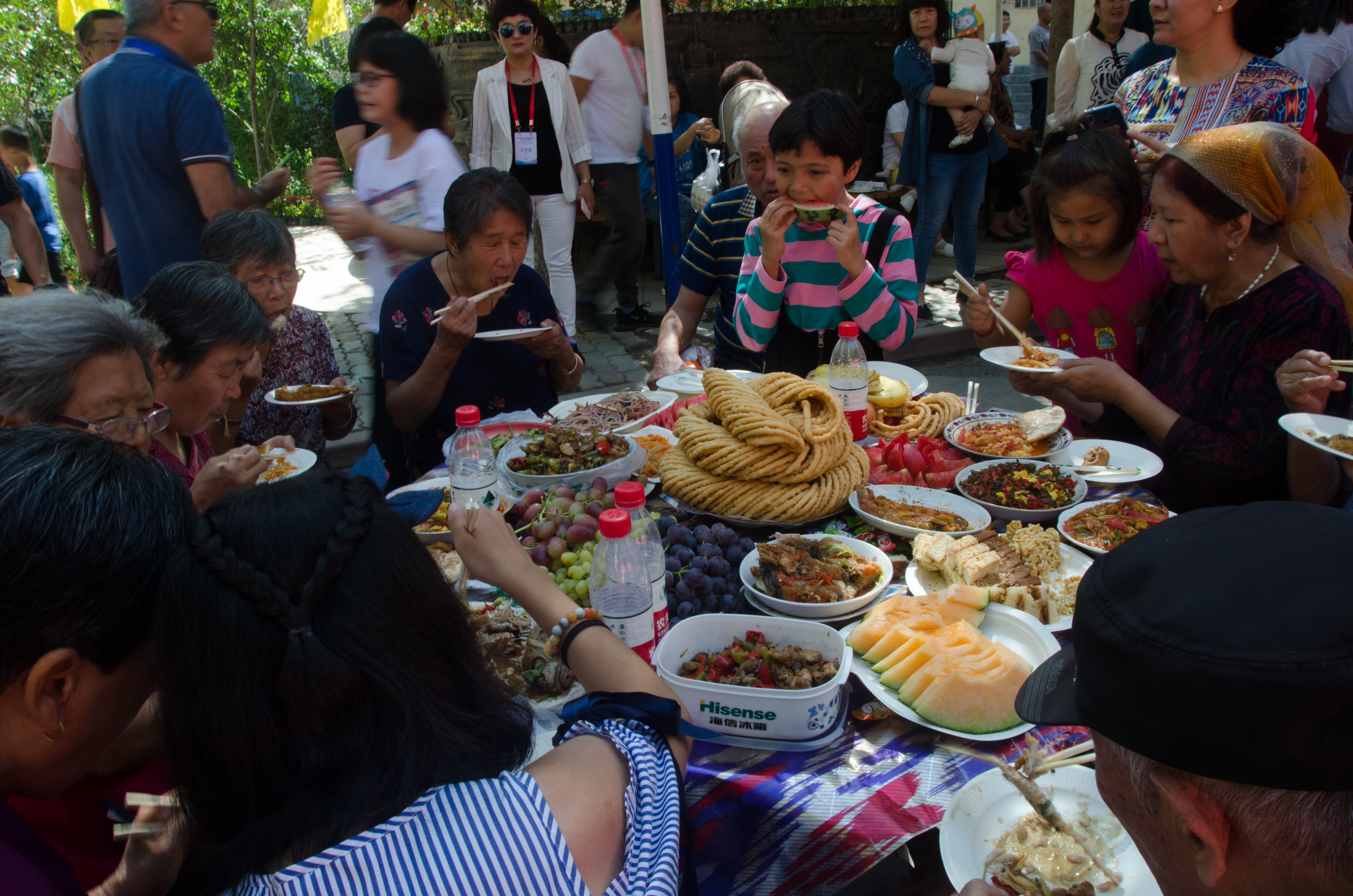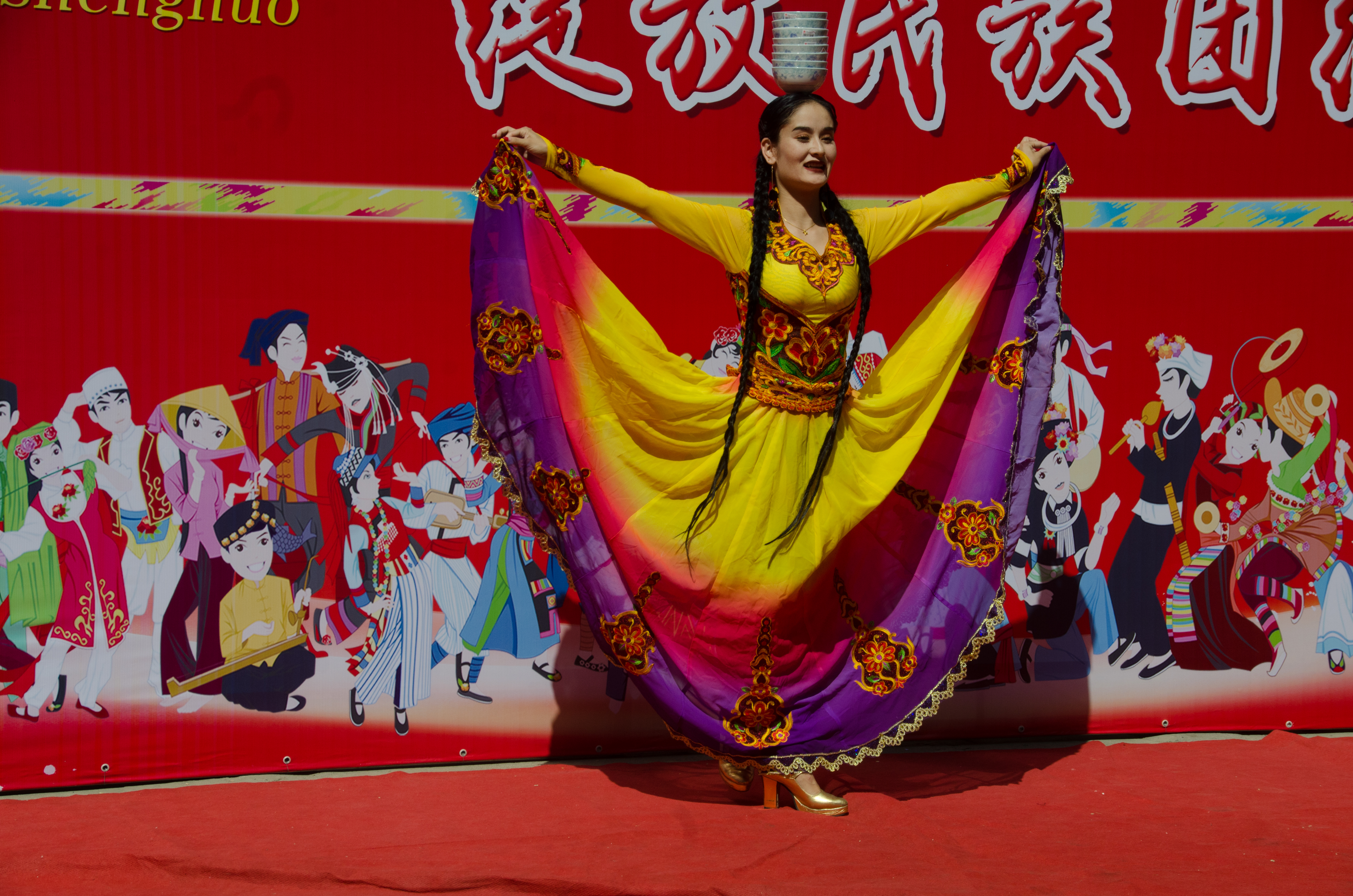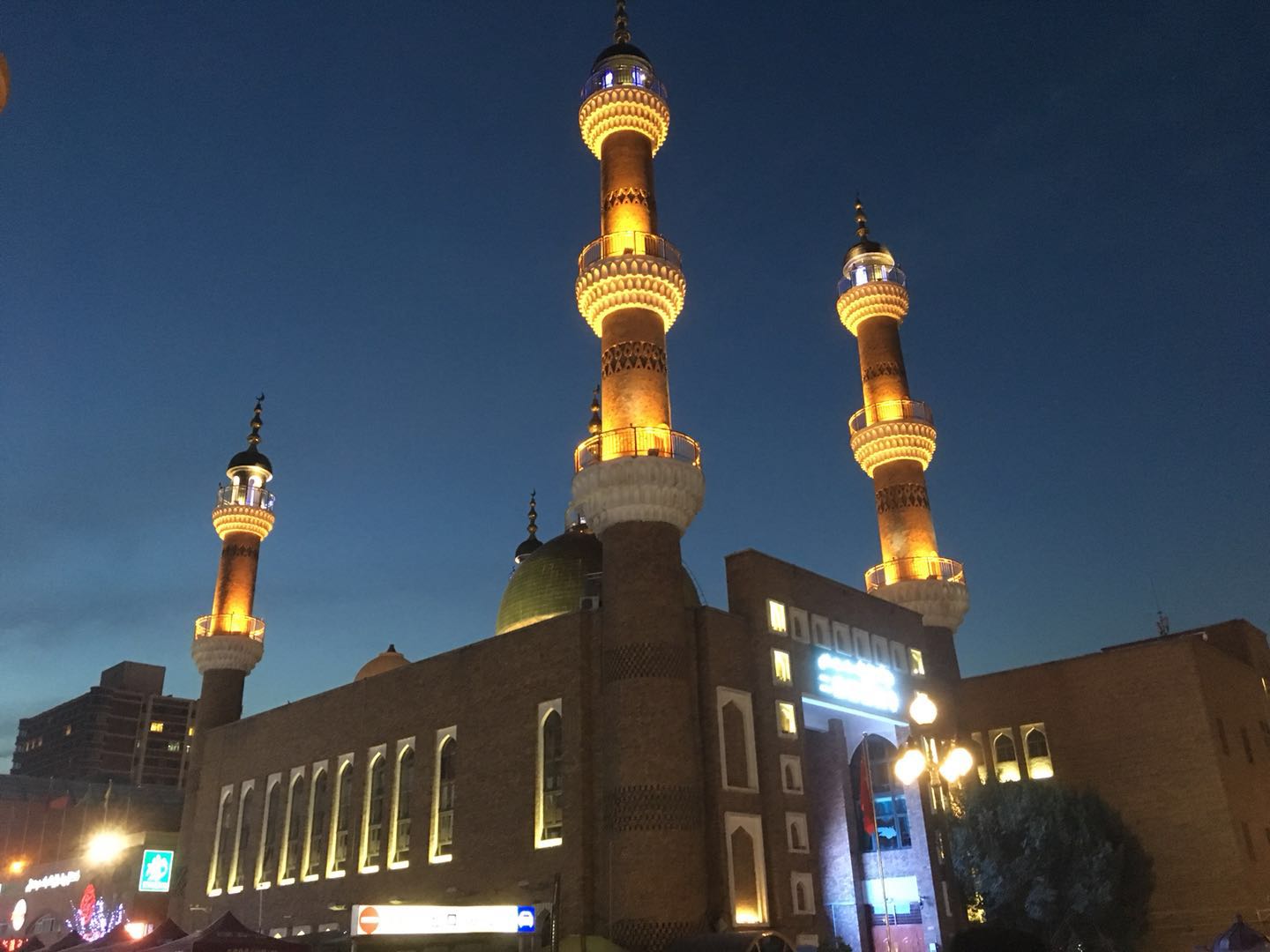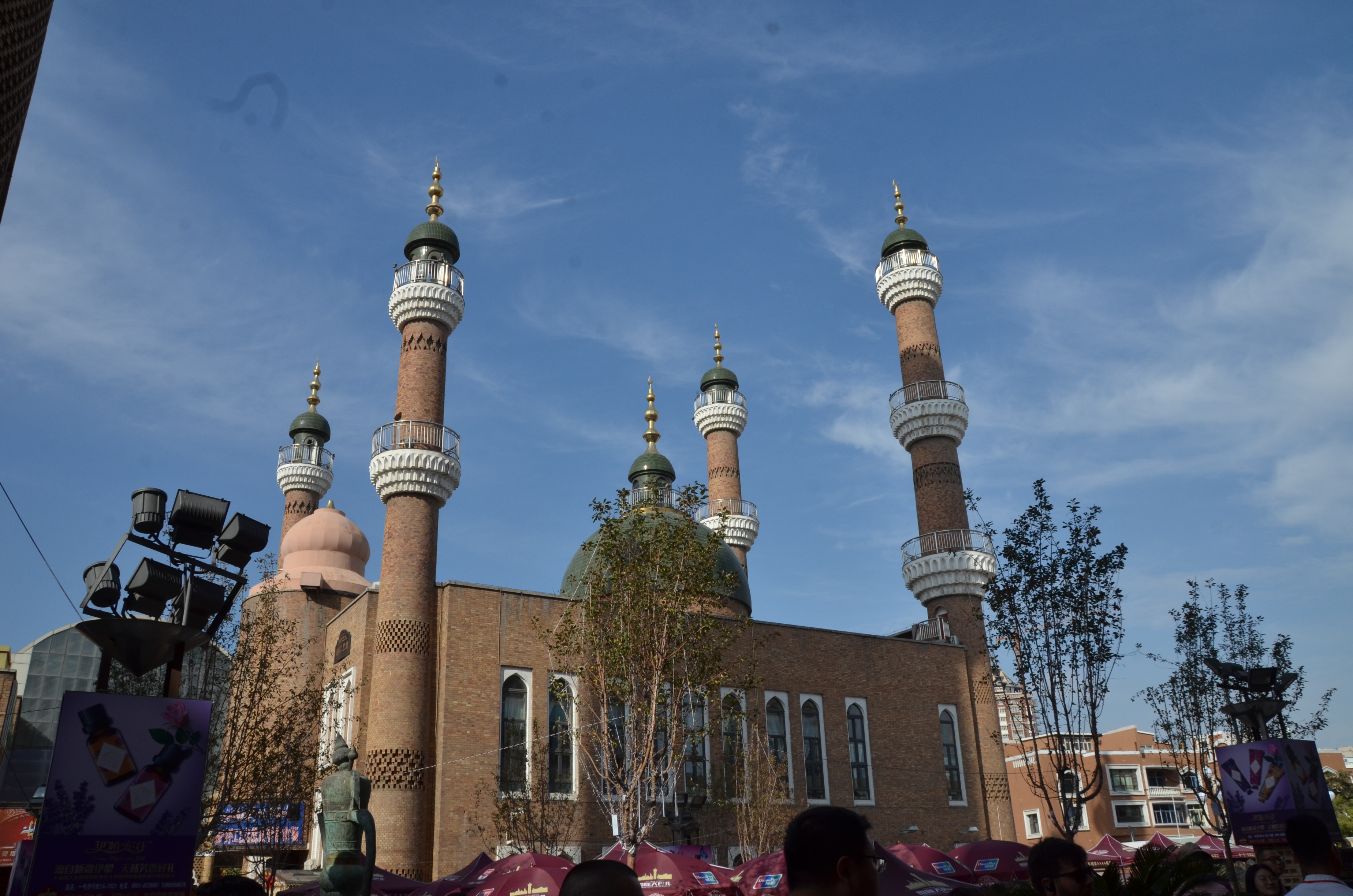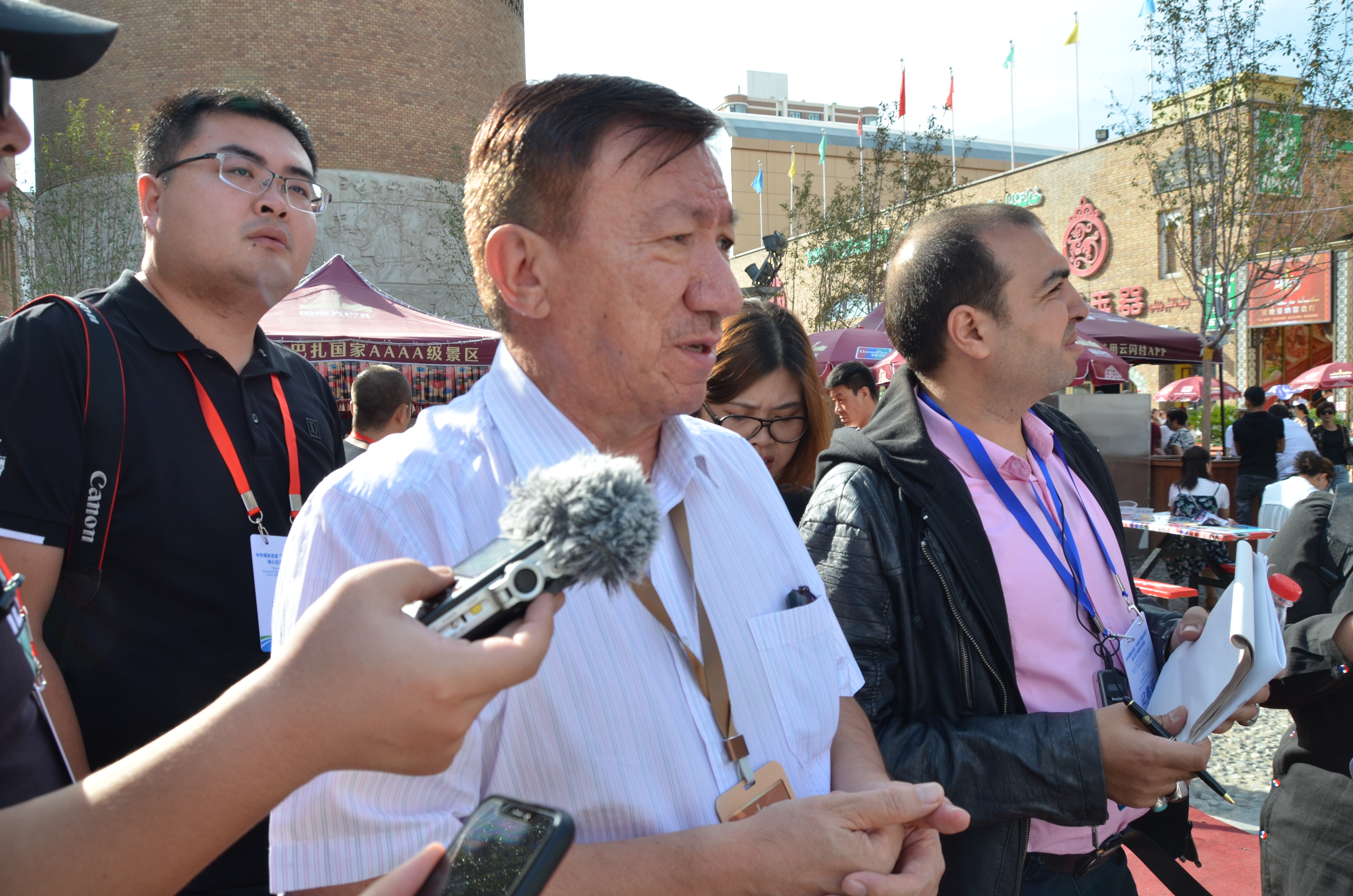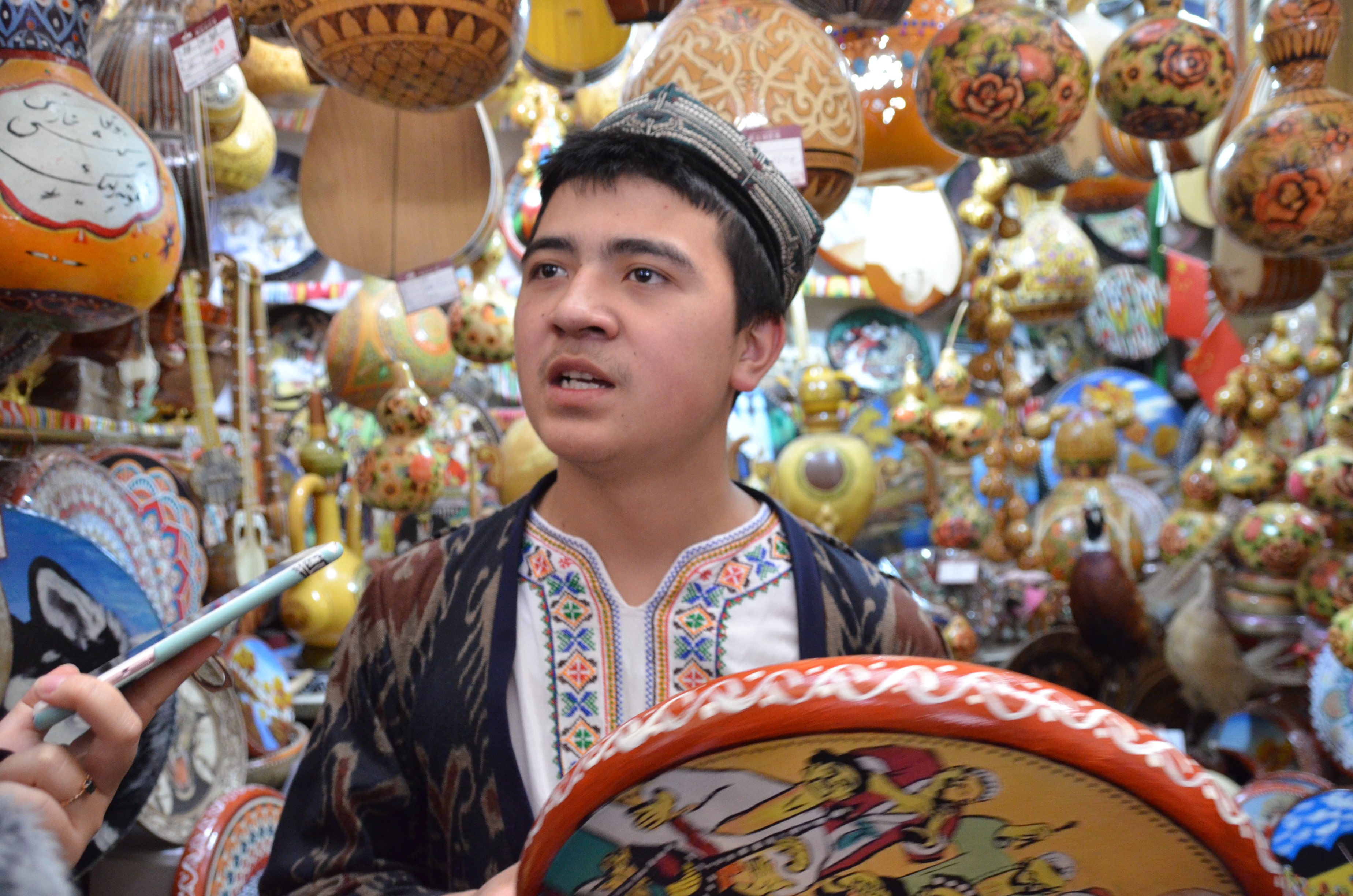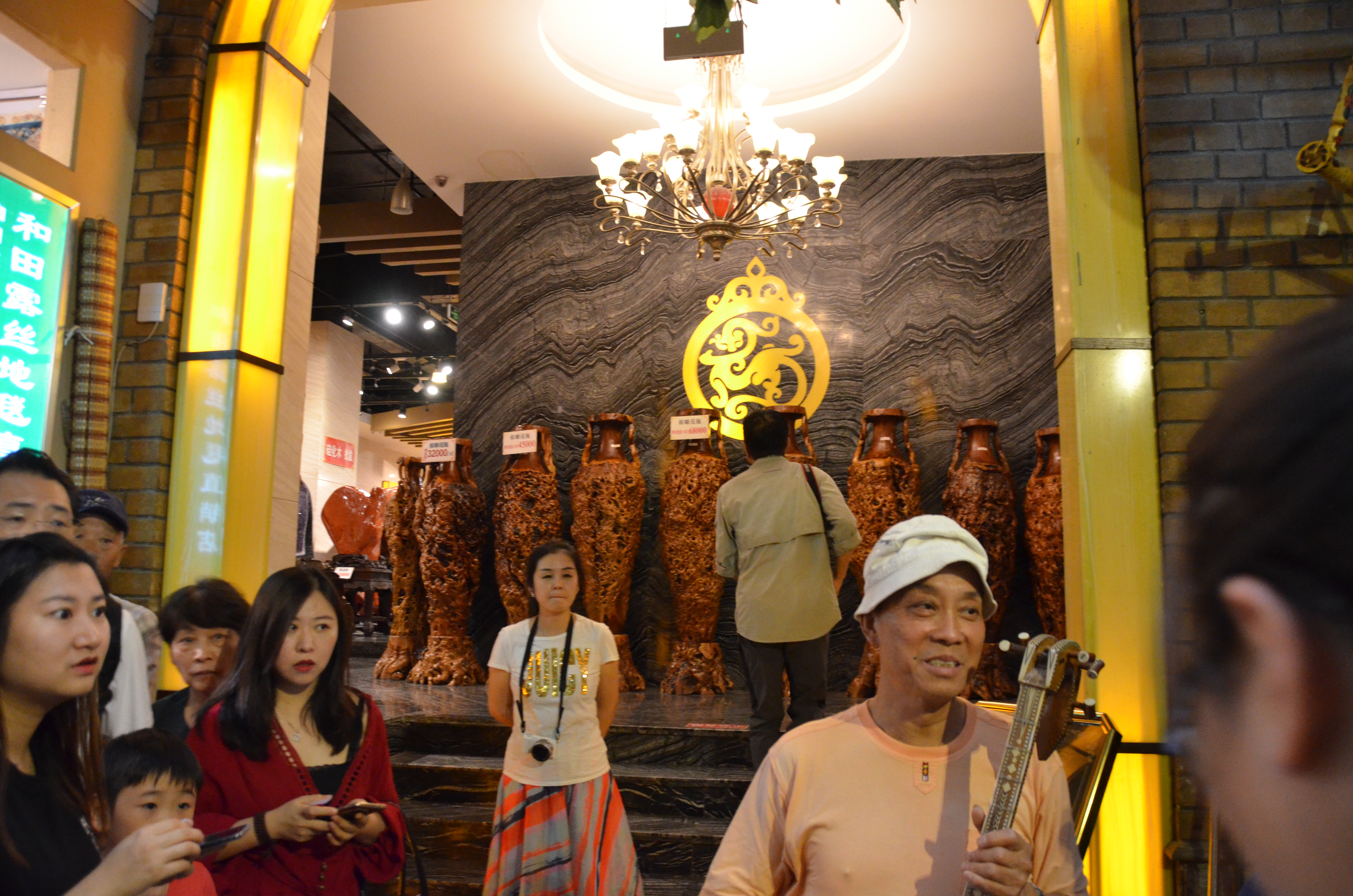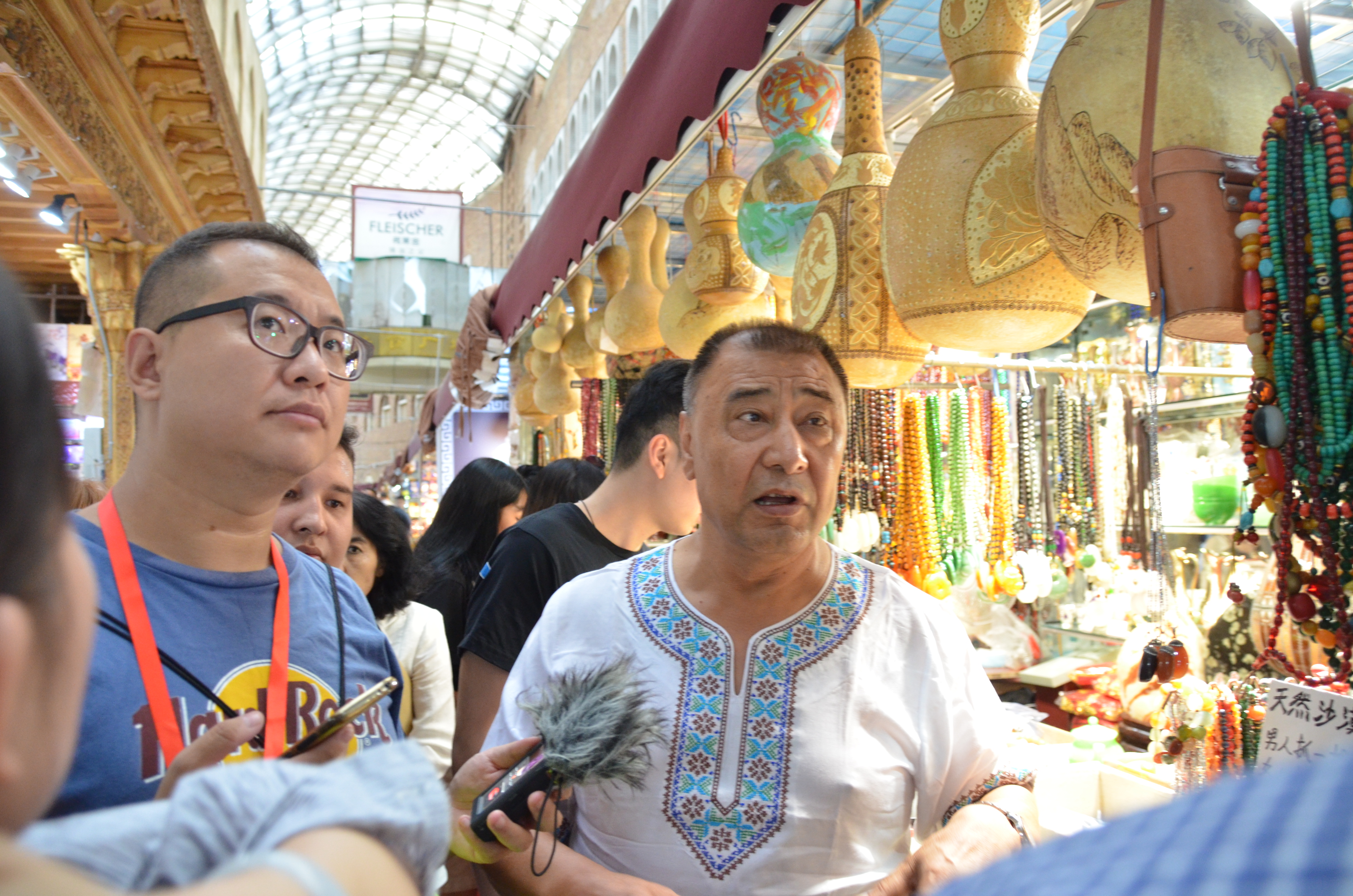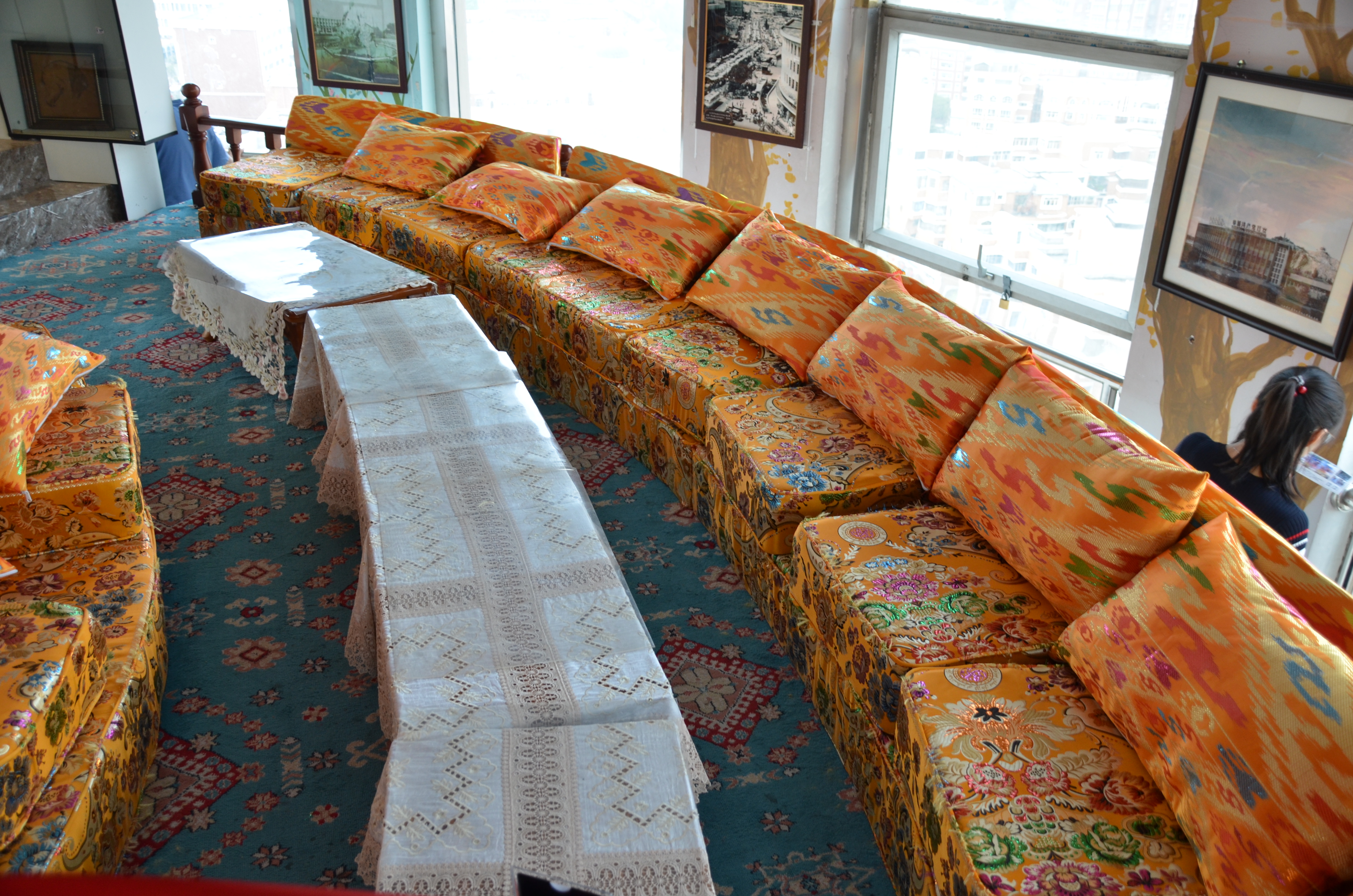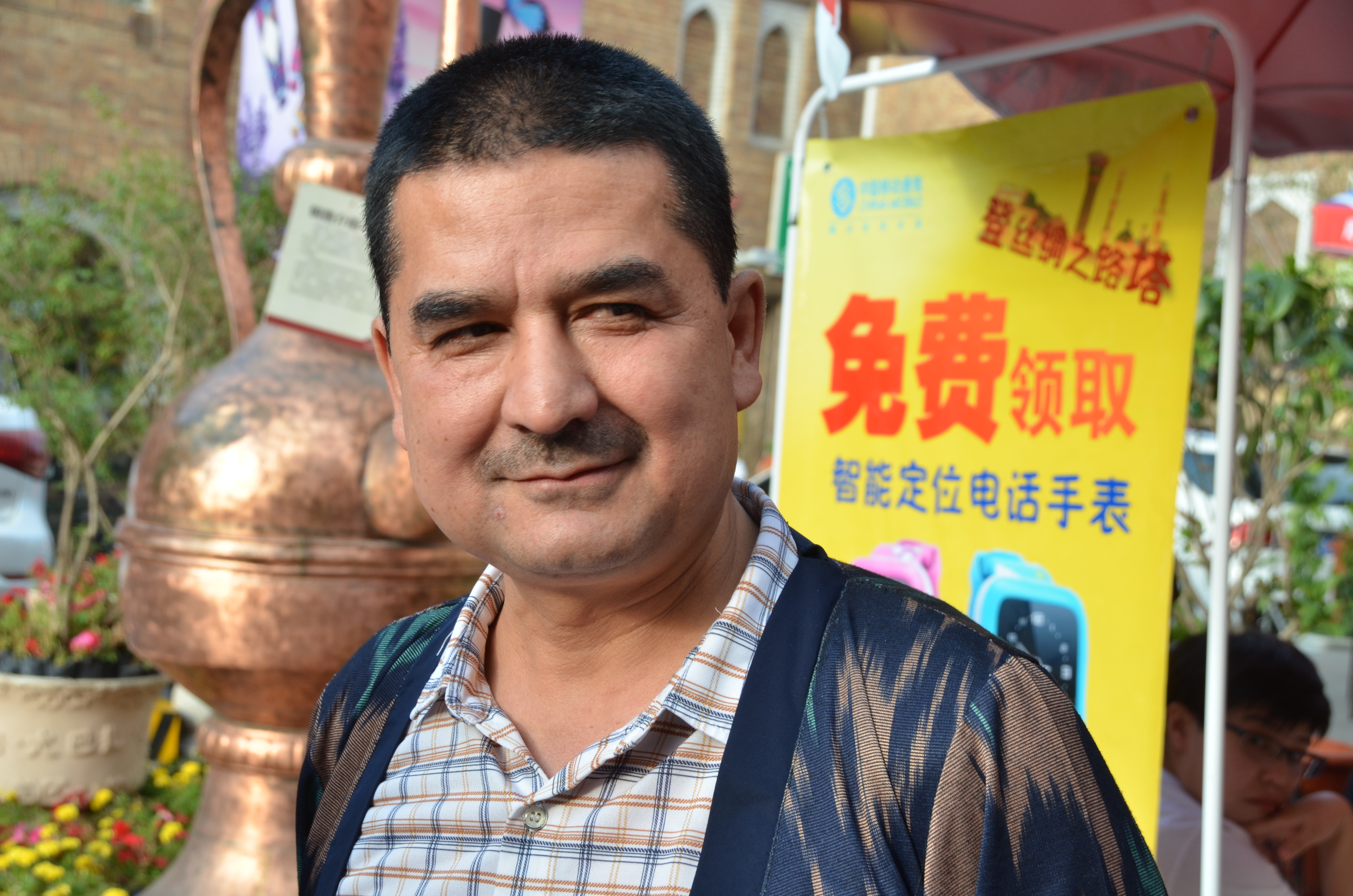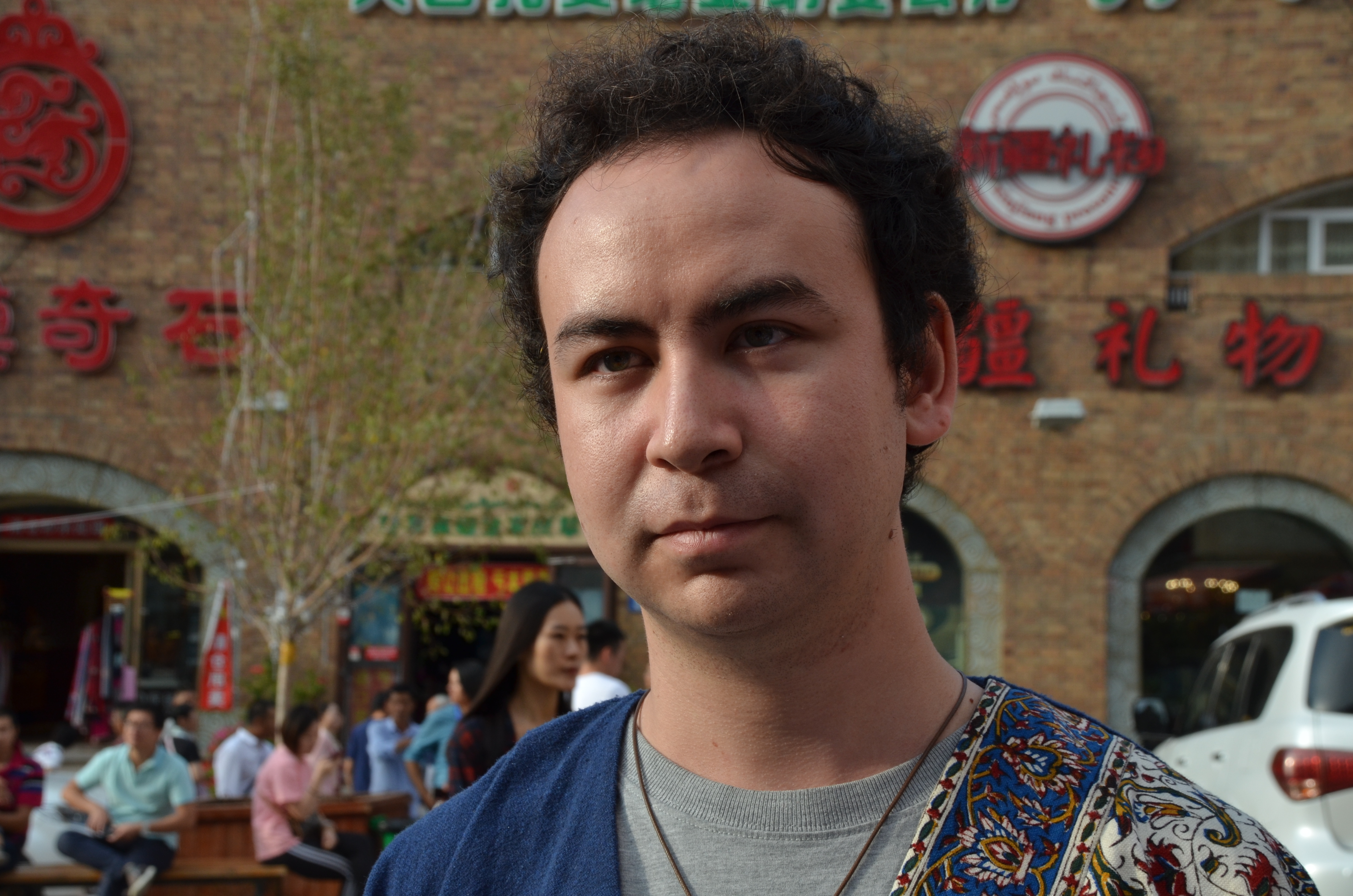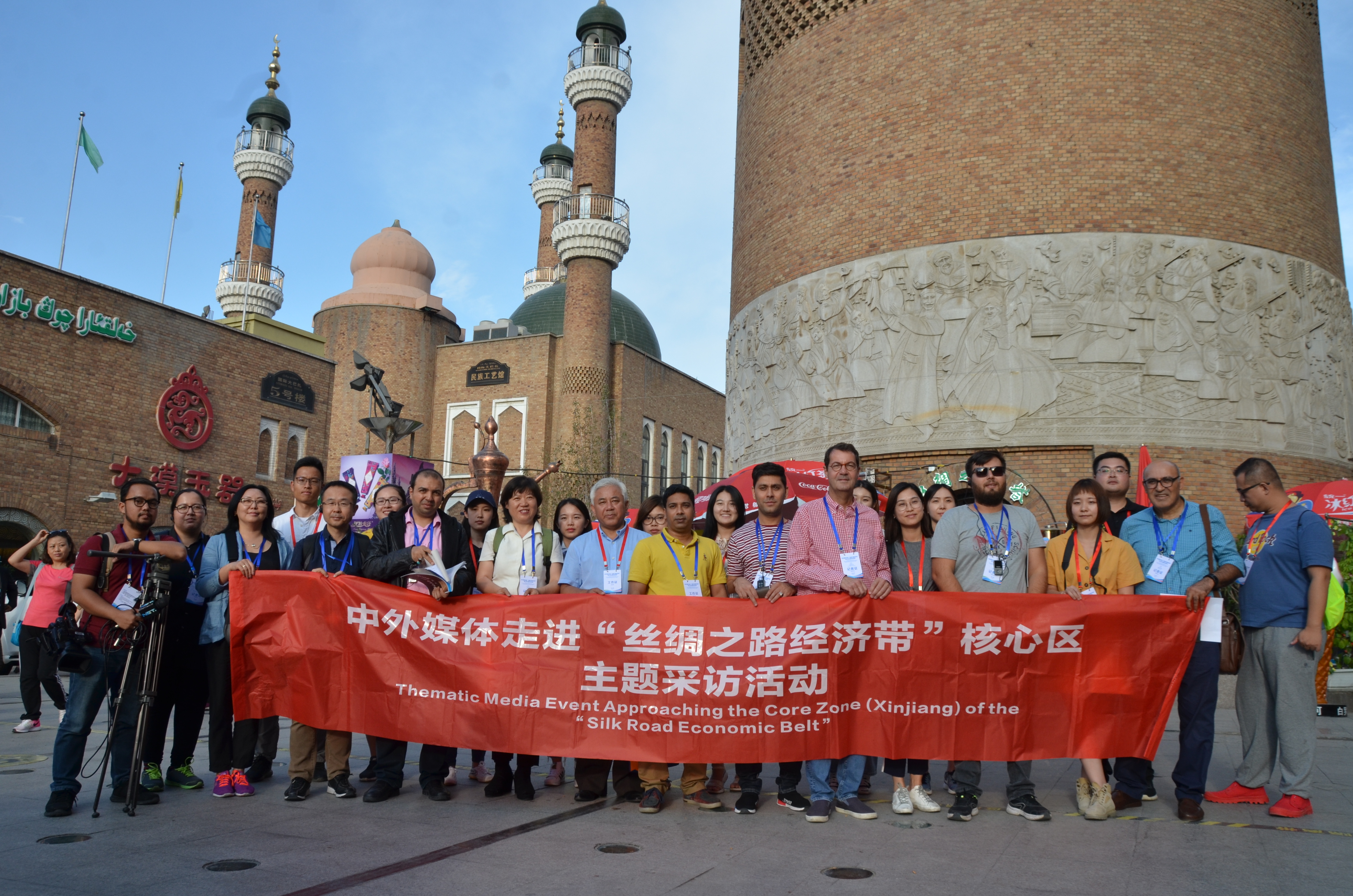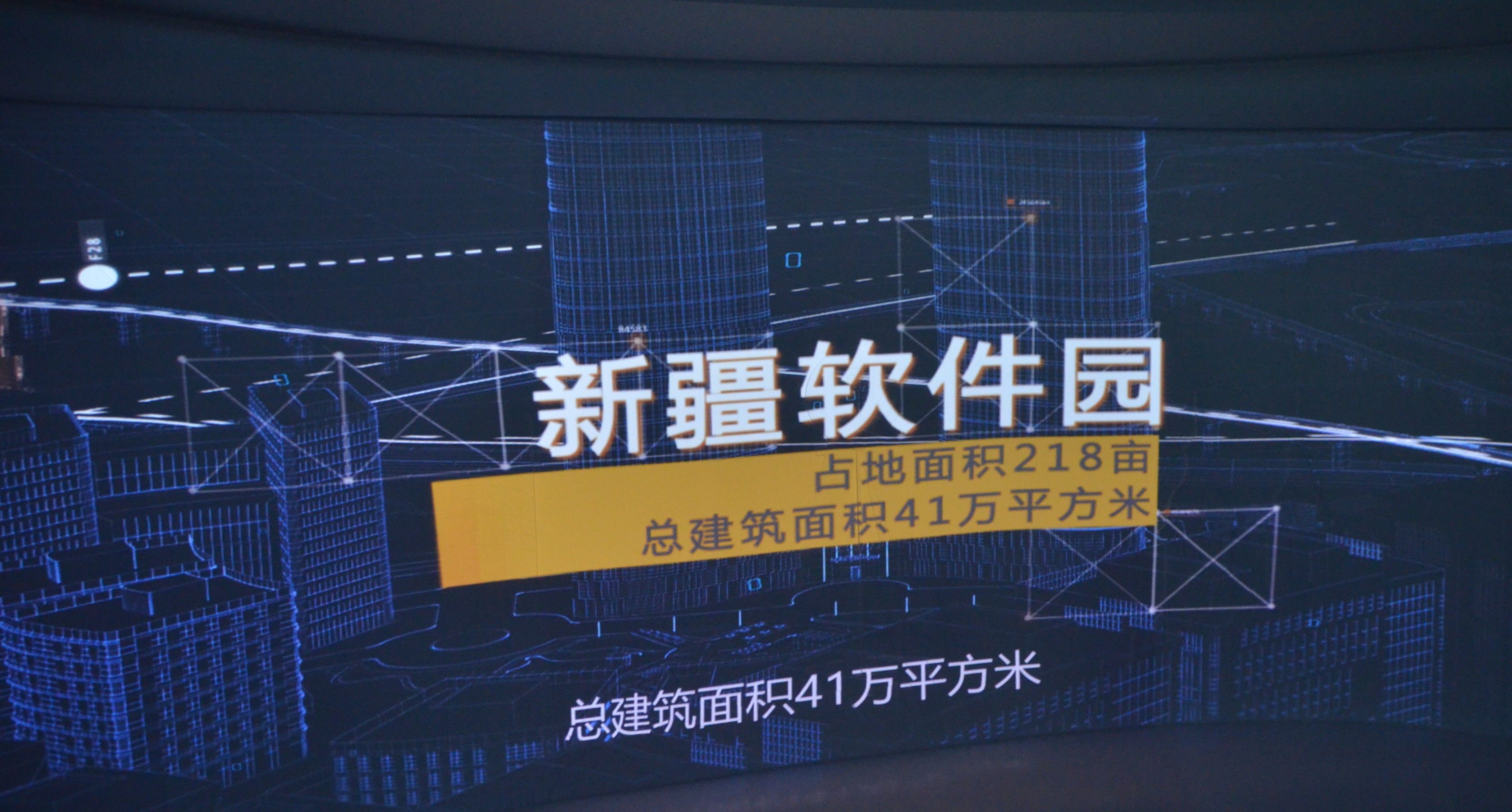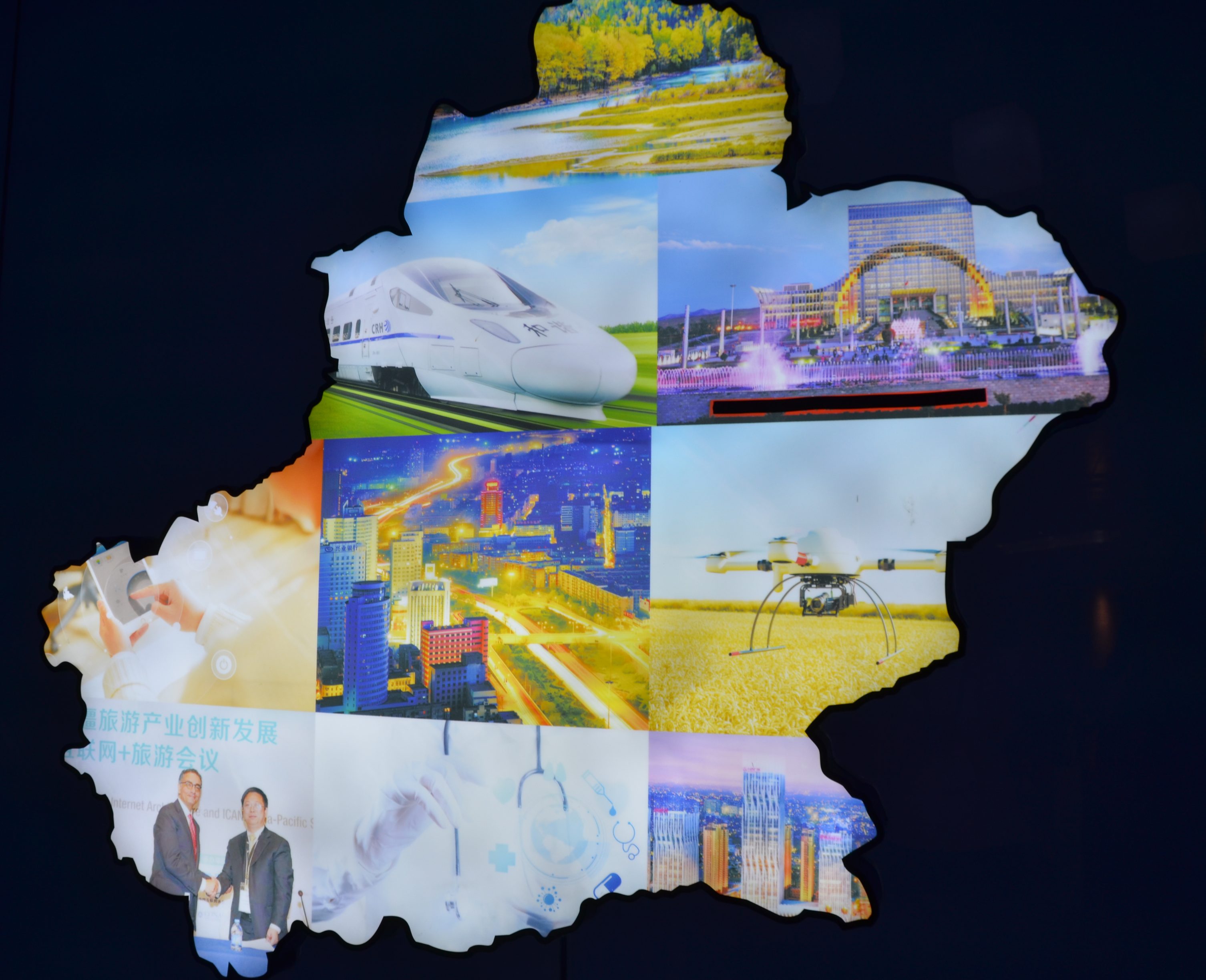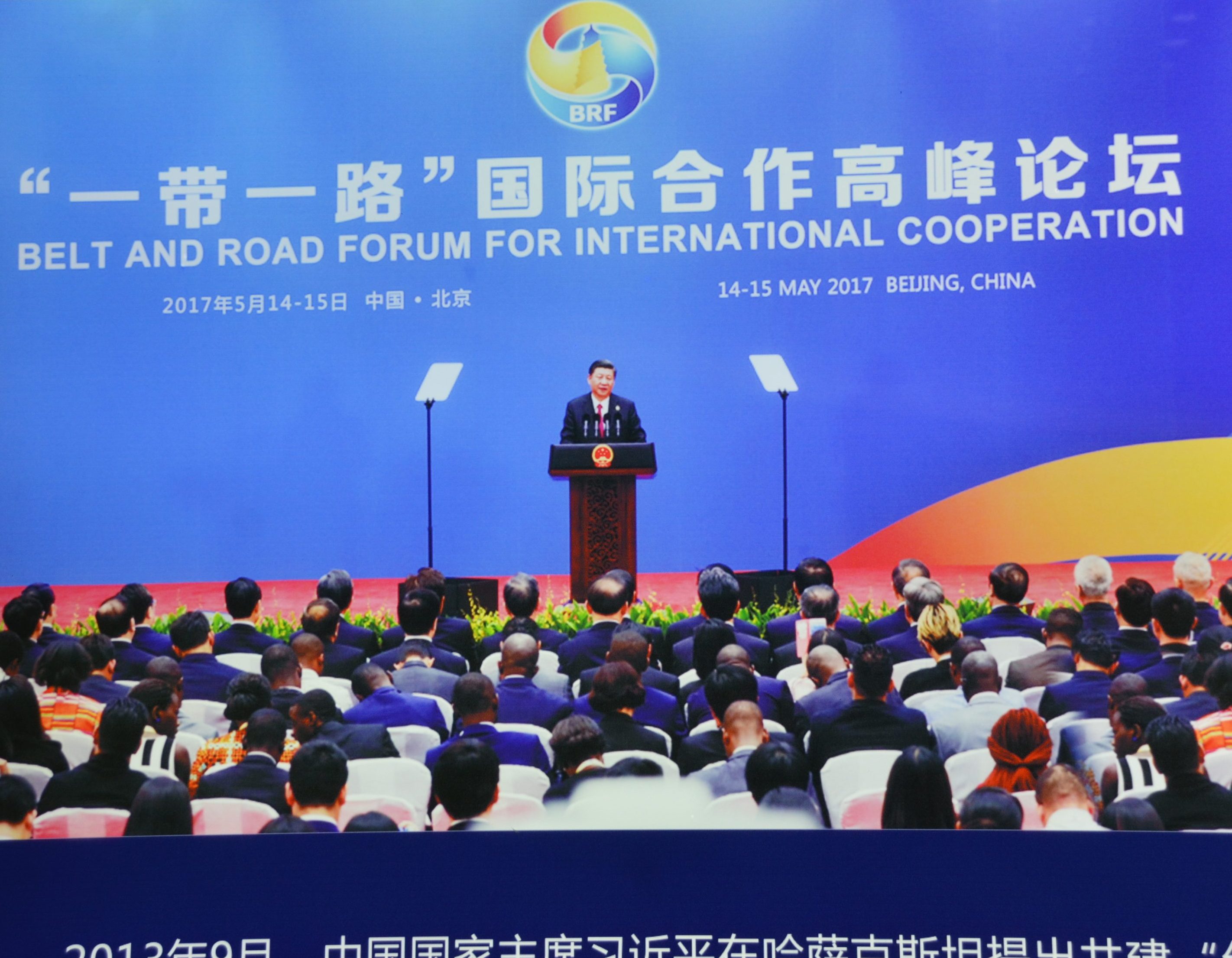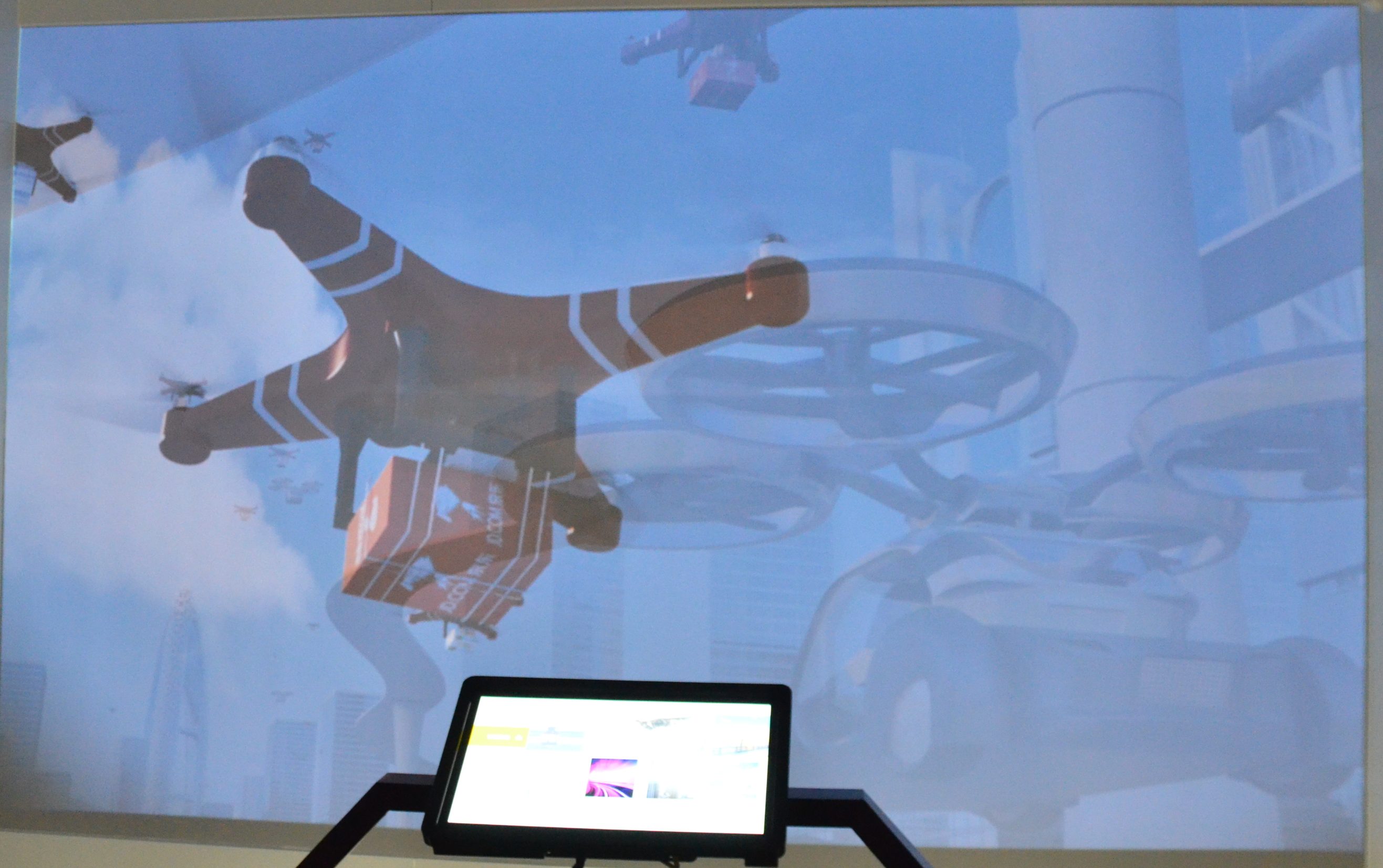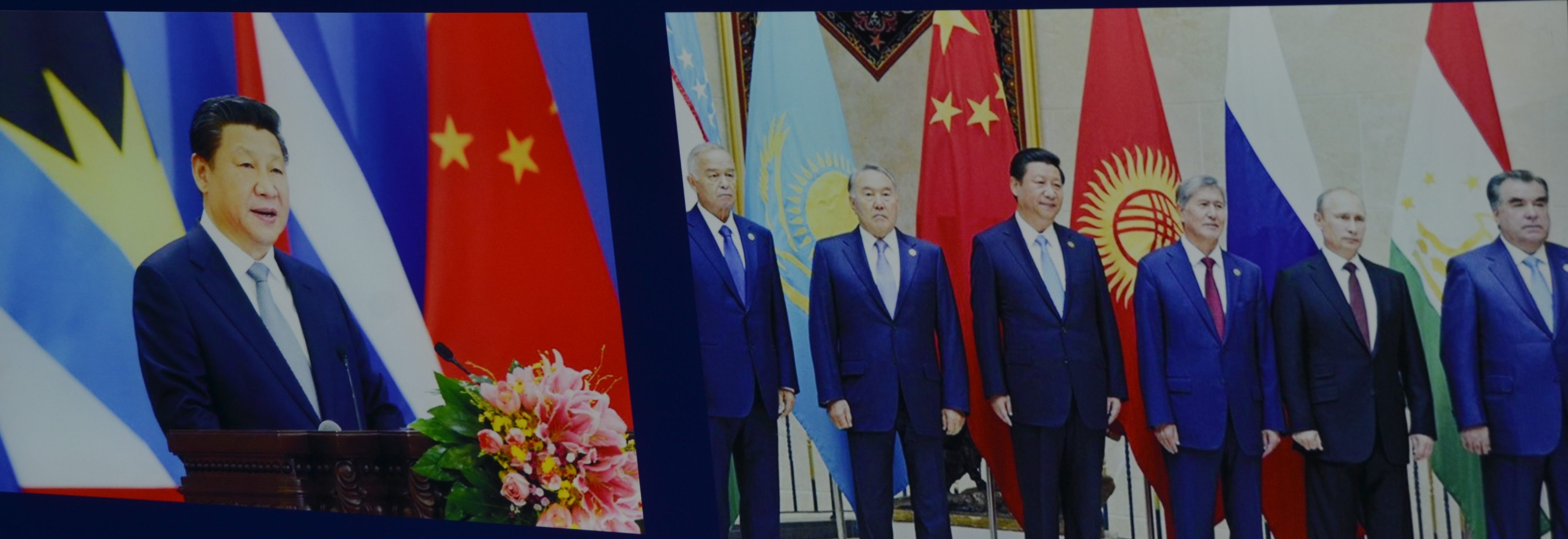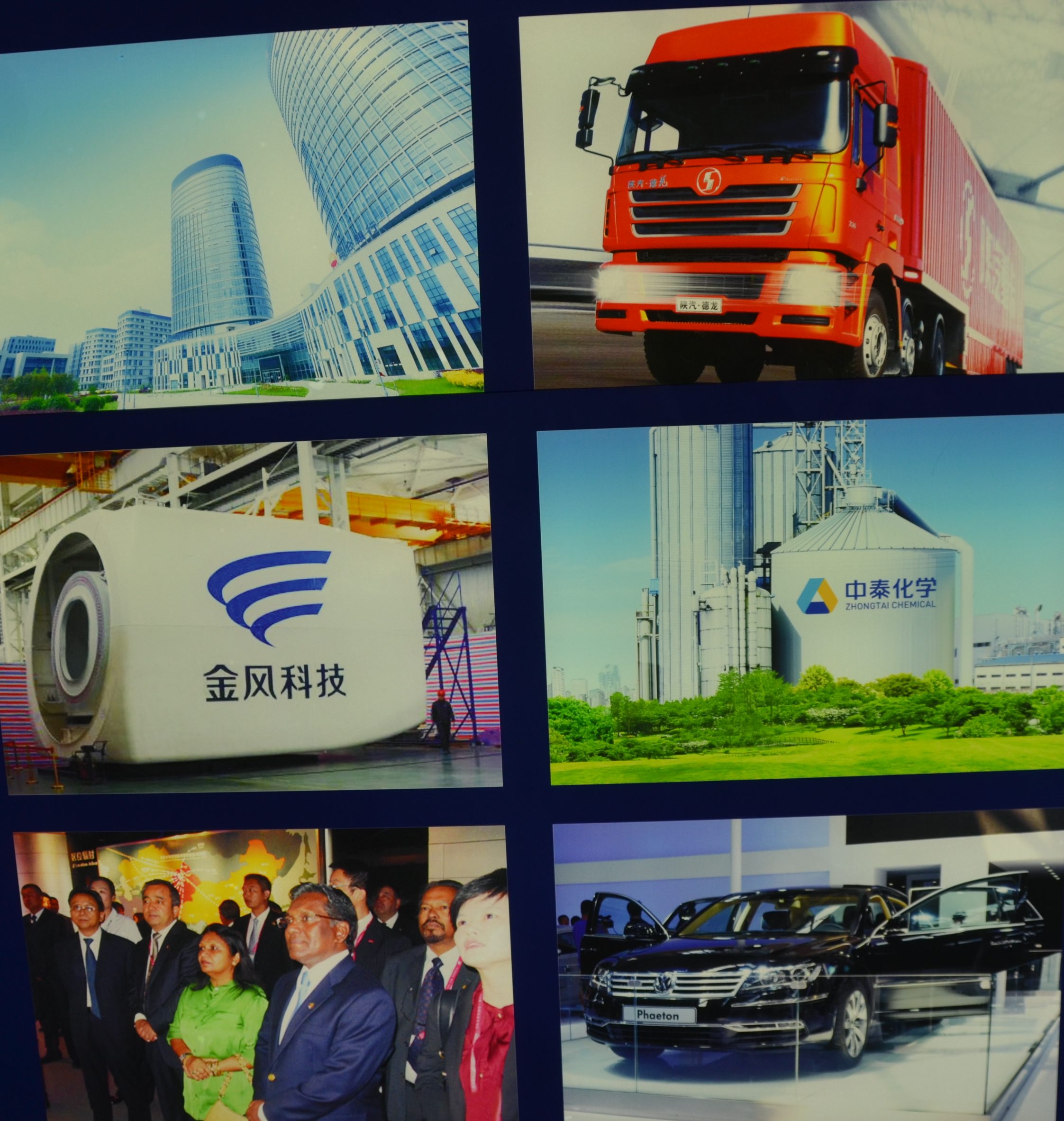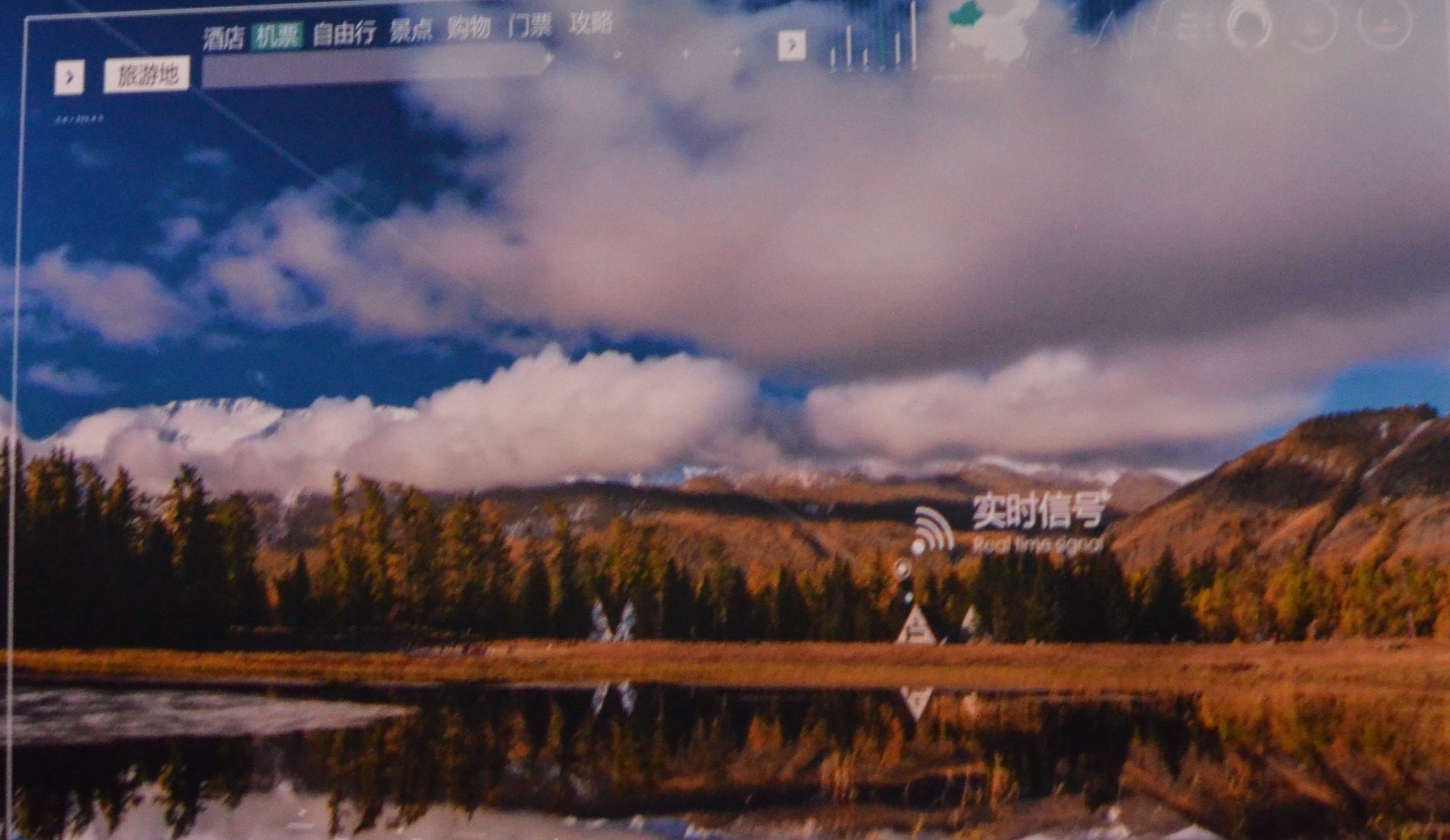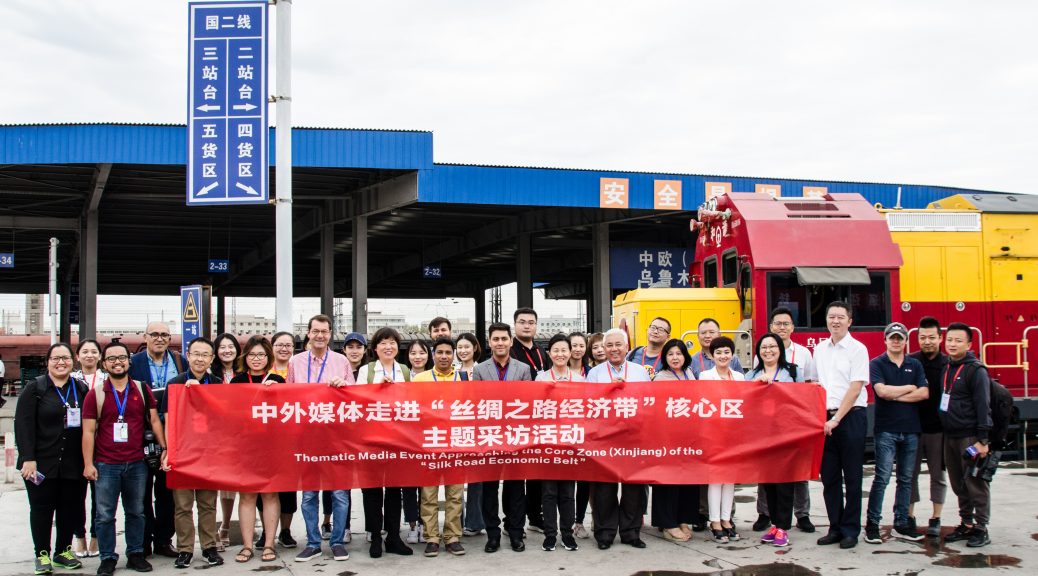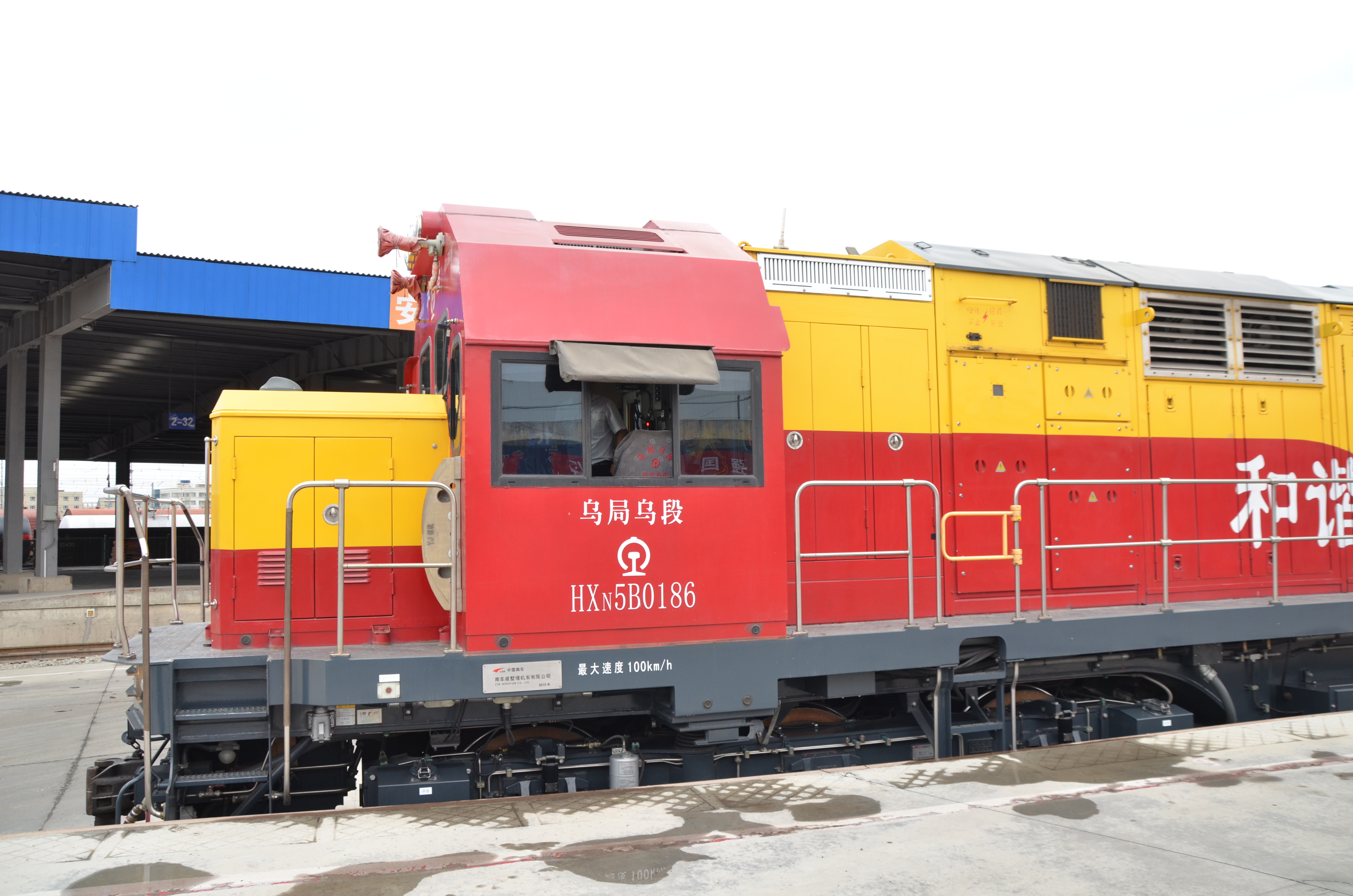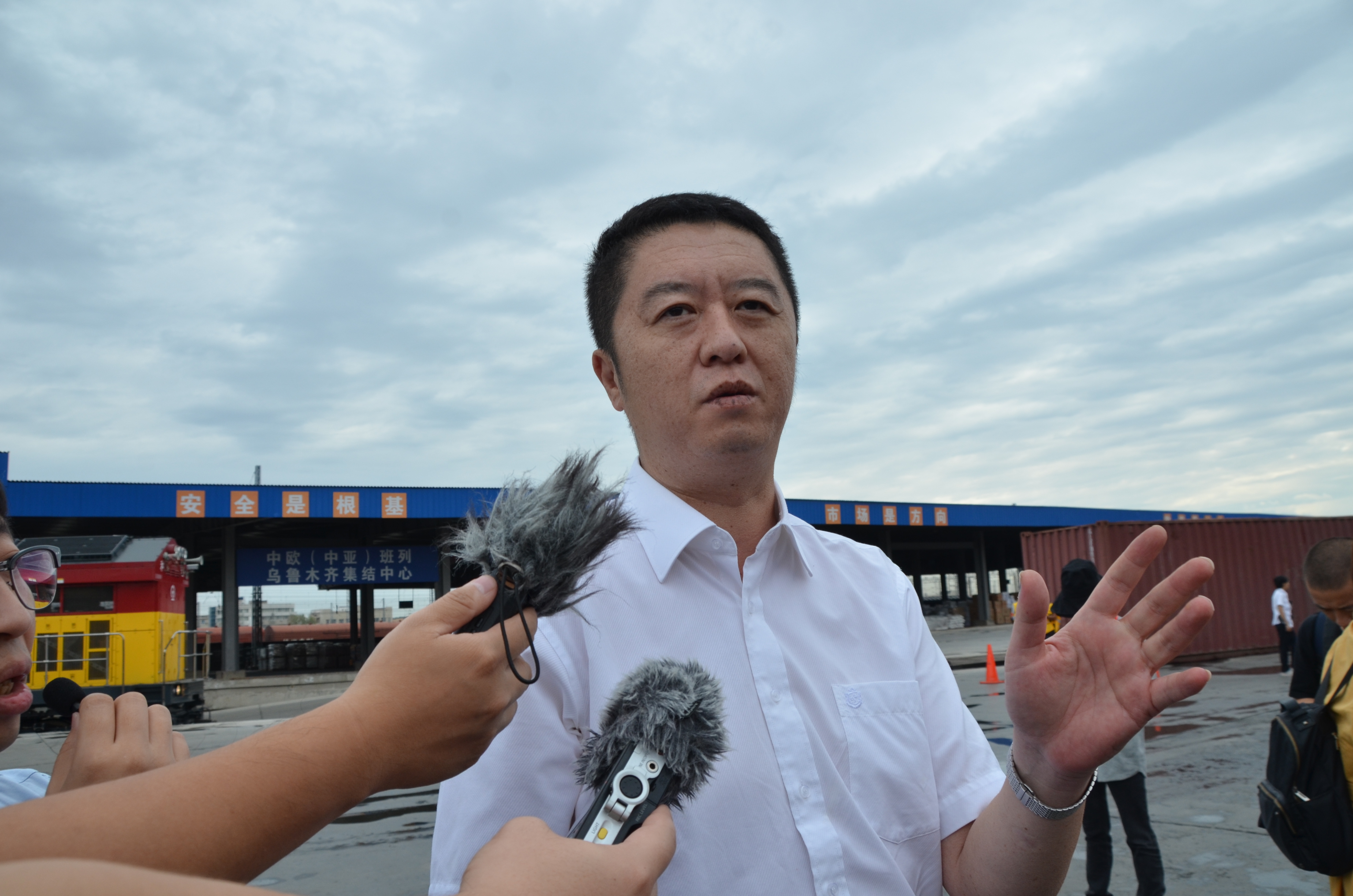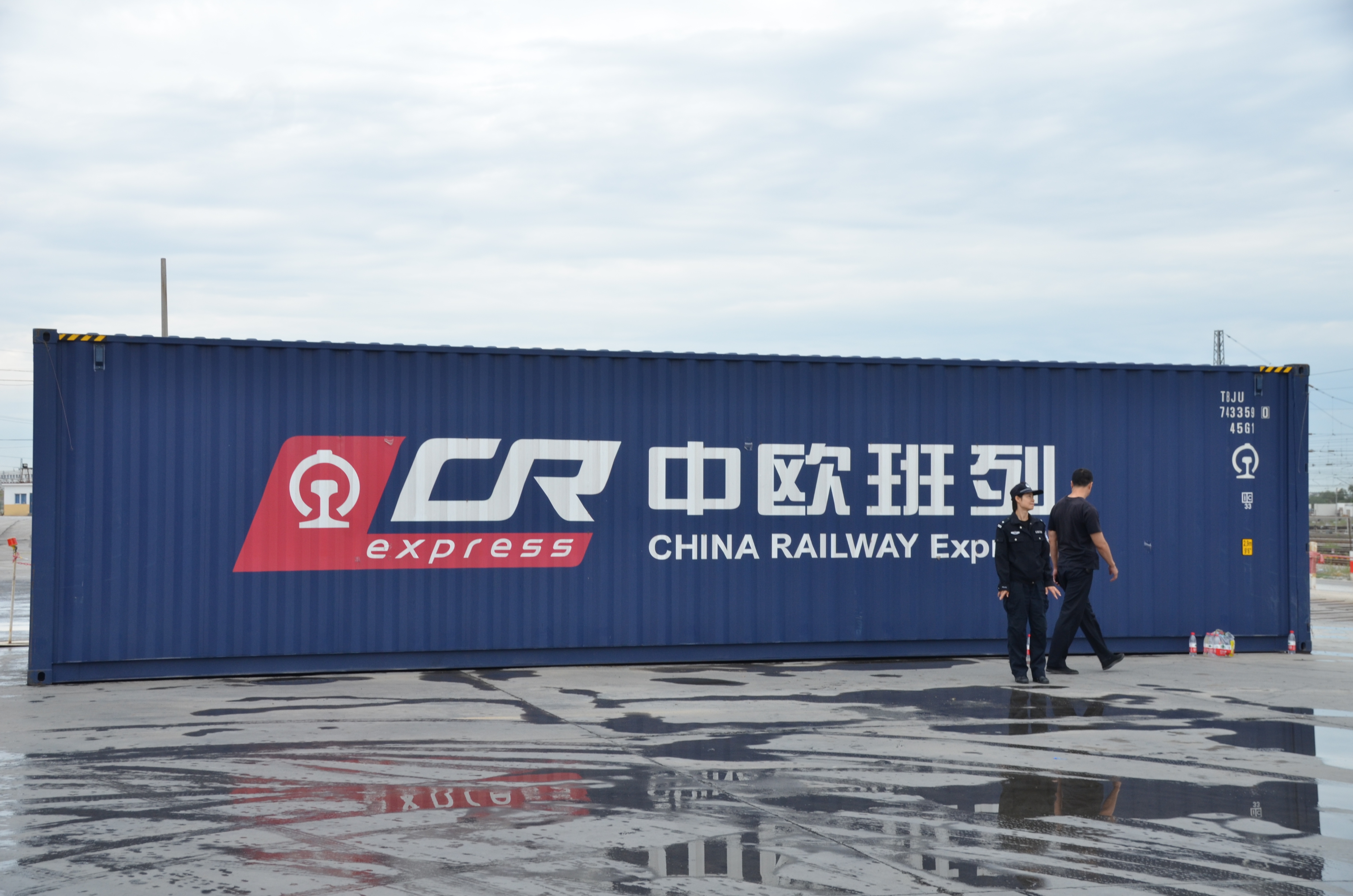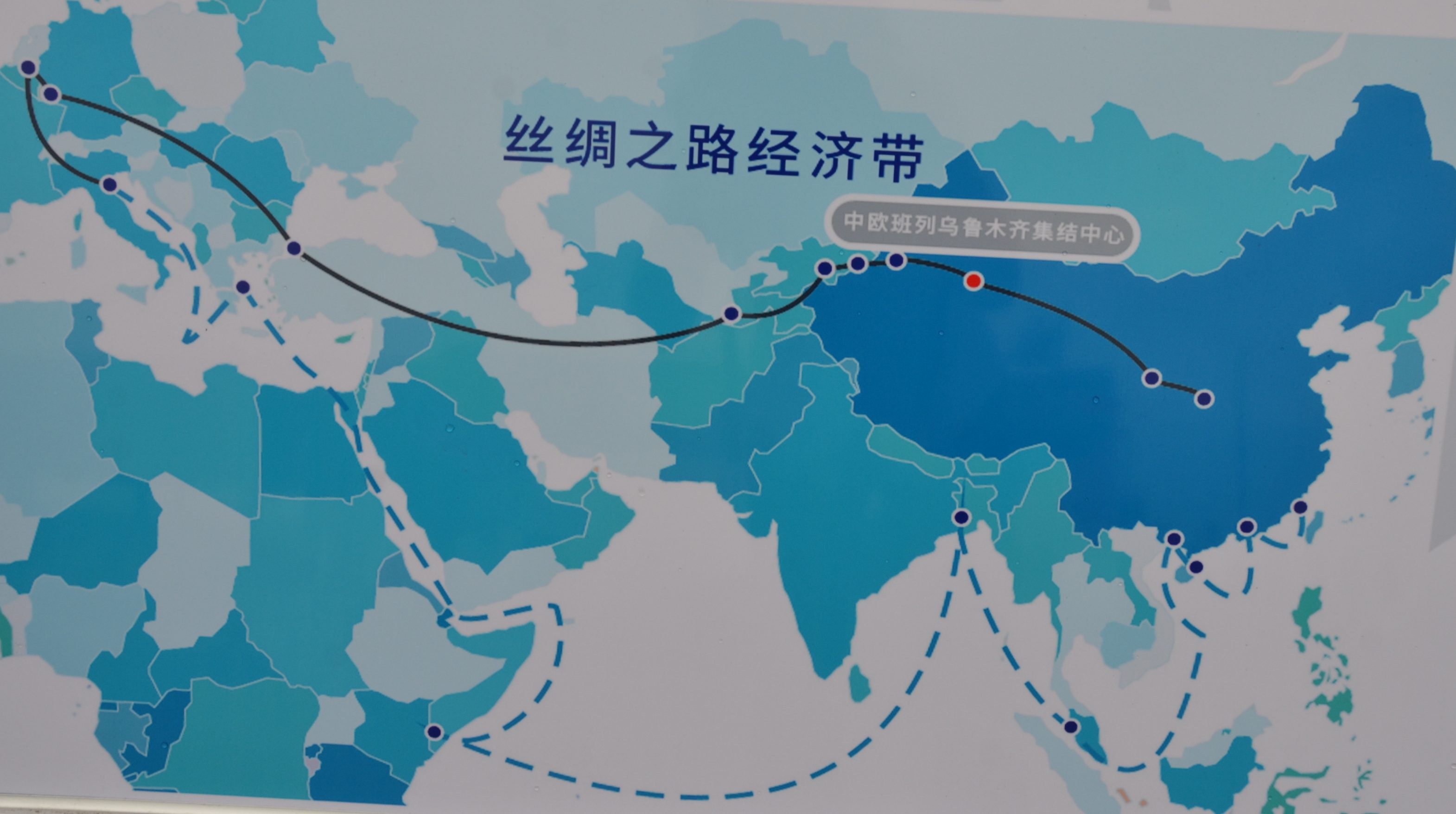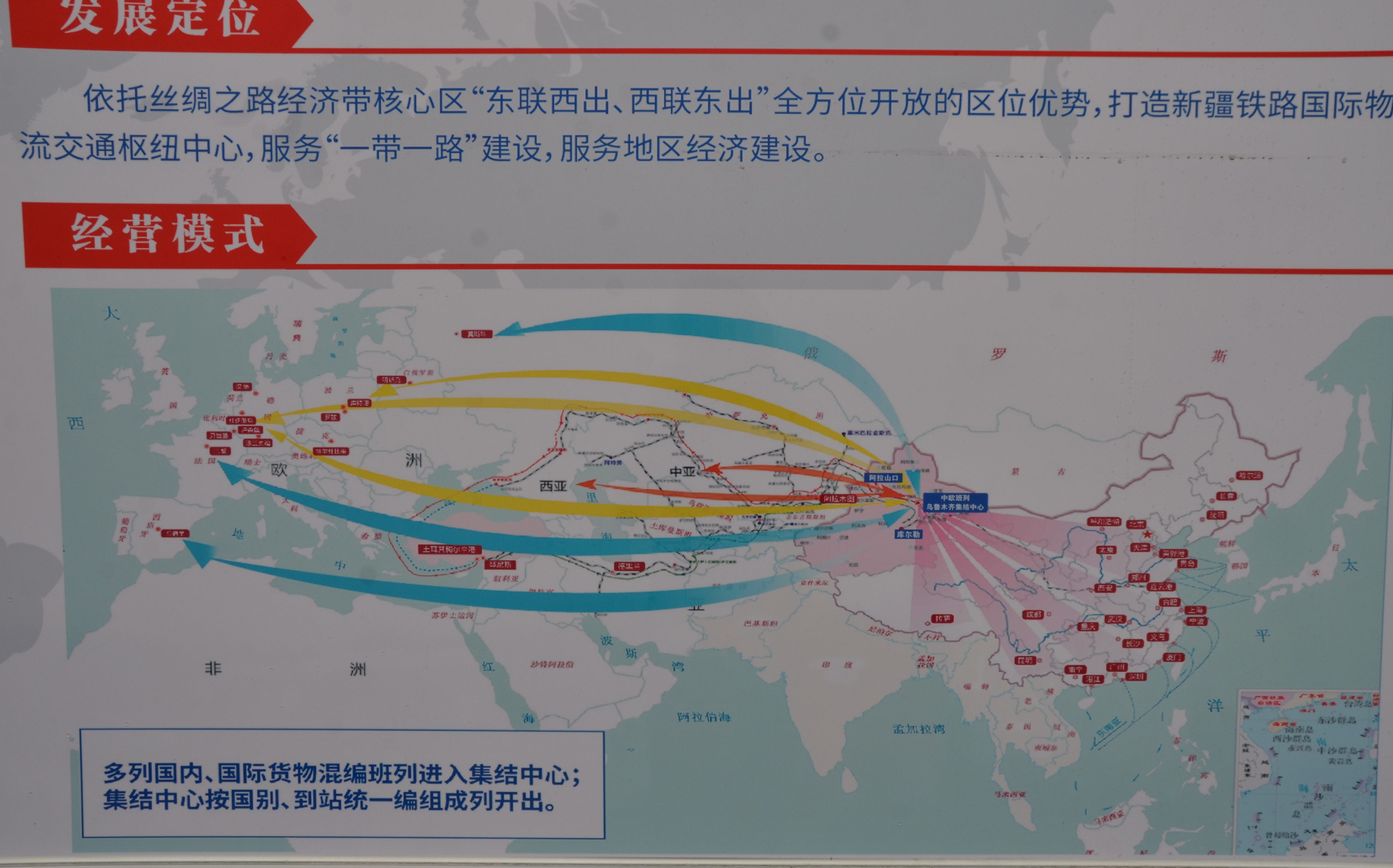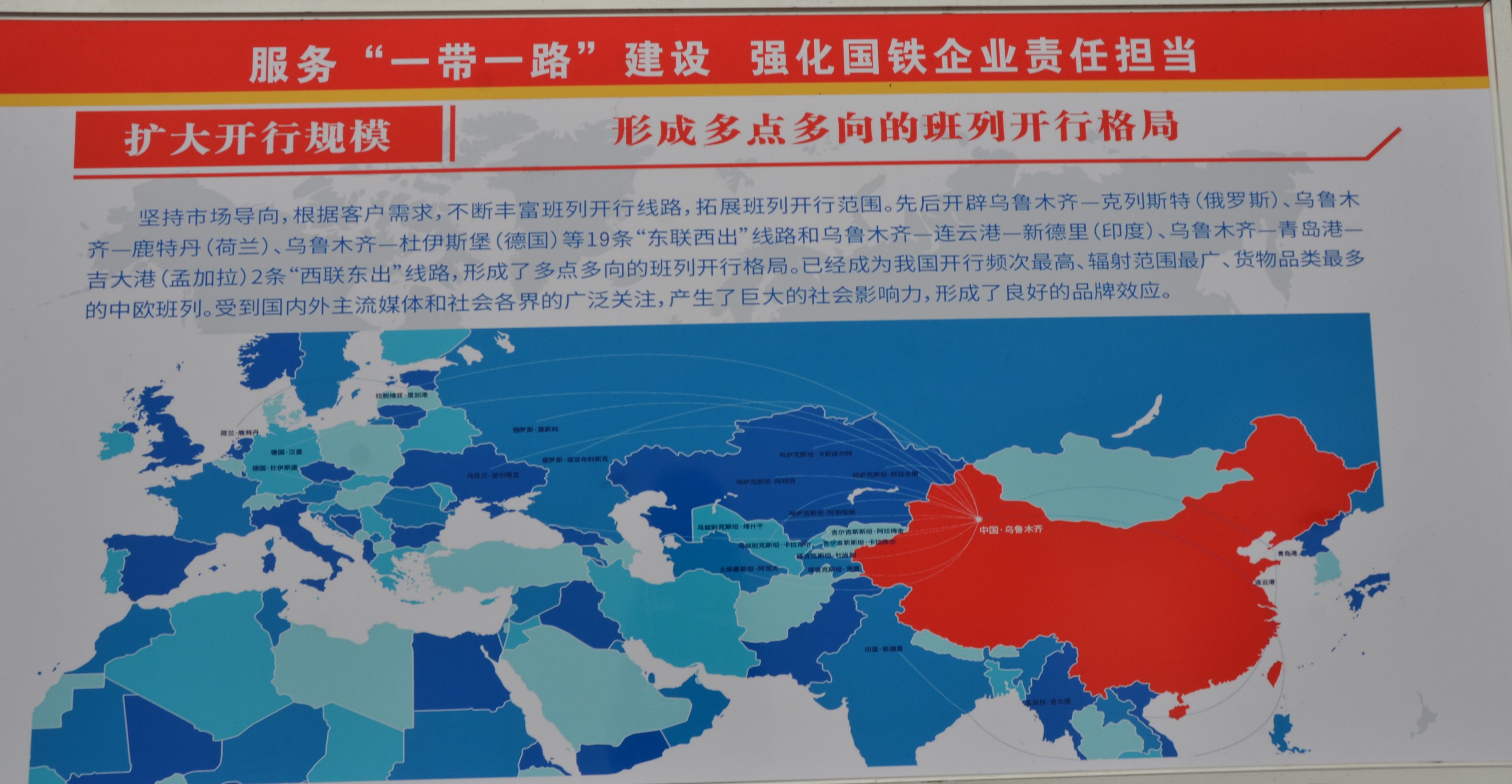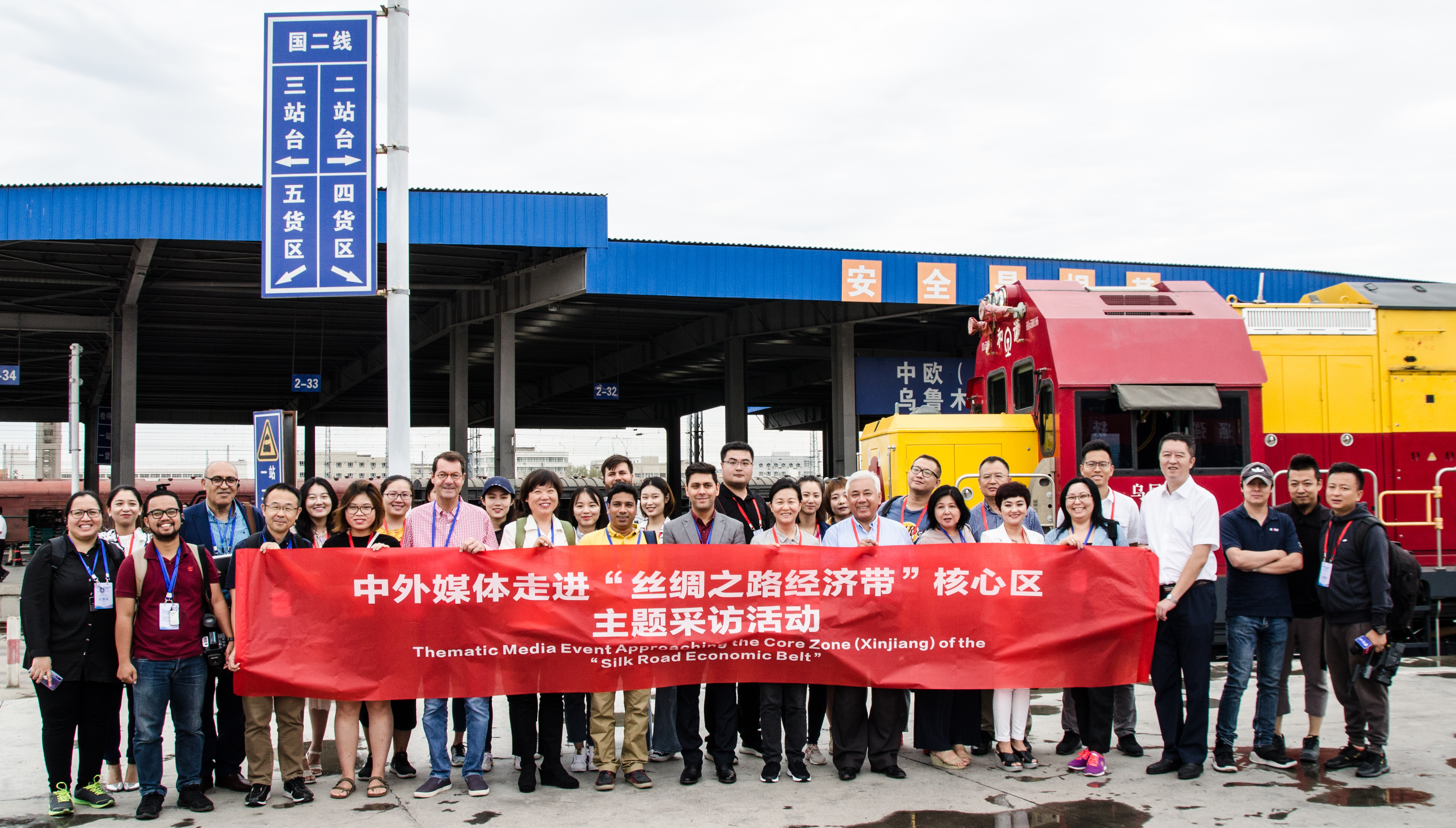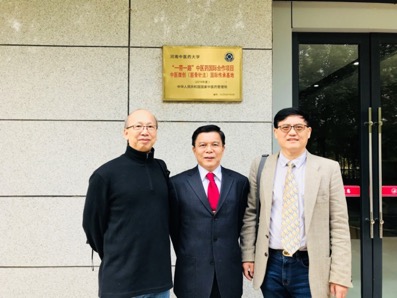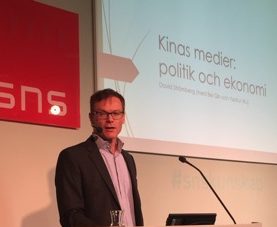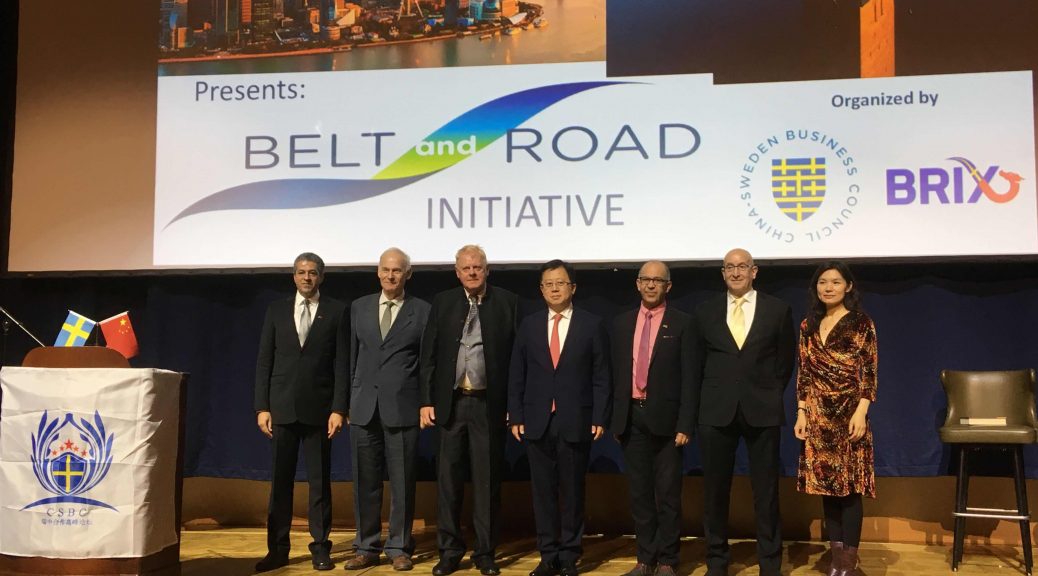STOCKHOLM, 30 oktober (Greenpost) – Den 26 augusti och 27 blev utländska journalister inbjudna att titta på professionella föreställningar i Xinjiang Grand Theatre och Kanas Theatre för att visa Xinjiangs kultur och folklore.
Någon som är intresserad av historien har en fascination med västra regionen. “I den stora öknen kan man se solen som ligger mycket runt vattenflödet.” “Du borde inte skratta åt dem som blev berusade och föll i slagfältet. Tänk på det, hur många som kämpade i slagfältet hade kommit tillbaka? ” Den blåsa sanden, den gula sanden har täckt den gamla sidenvägen, men det kan inte dölja drömmen om att gå tillbaka till västra regionen under de senaste tusen åren längs silkesvägen.
Xinjiang Grand Theatre har hållit det stora dramatret Impression of Western Region som var ett av byggprojekten på den internationella kulturturism industriparken. Den totala investeringen var 1,76 miljarder yuan med en yta på 280 mu och en total byggyta på 100 tusen kvadratmeter. Det har listats som ett viktigt projekt under den 12: e femårsplanperioden av Xinjiang Uyghors autonoma region.
Xinjiang Grand Theatre har tagit sånger och danser i västra regionen som kärna, mot den strategiska positioneringen av Kina, Västeuropa och resten av världen. Den integrerar olika inhemska och internationella fördelaktiga kulturresurser och utforskar djärvt det nya sättet att driva och hantera den kinesiska teatern. Det högst upptagna konstpalatset har blivit det framträdande skedet av enastående konstnärer från hela världen.
Inredningsstilen för Xinjiang Grand Theatre kombinerar en mängd olika kulturer, med hjälp av rumsliga symboler i den historiska ramen inklusive Indiens Mughal-dynasti, Irans persiska imperium, Turkiets ottomanska imperium och Allawi-dynastin i Marocko. Bland dem koncentrerar sig träskärningstekniken, metallbronskonsten, snigelinsättningen, målningsprocessen, etc., på uttrycksteknikerna i den västerländska arkitekturhistorien.
På den 33 meter höga kupolhallen har dussintals noggranna målningar blivit handmålade i flera månader, vilket symboliserar väckelsen av Silkvägs vackra arkitektoniska kultur och folket omges av vackra och bländande kulturella element och övertygad av det unika hantverket.
Xinjiang Grand Theatre är för närvarande den högsta kupolstilbyggnaden i Kina. Teatern på 30 000 kvadratmeter rymmer 2 100 personer för att titta på föreställningar; Den 27 meter långa centralstationen och det 86 meter breda prestandaområdet är de största inomhusföreställningsstegen i Asien. Det finns 36 tredimensionella riktiga scener installerade i teatern. Arrangemanget är utrustad med världsledande tekniker specialdesign laser, digital vattenridå, kallt dimma vattenfall, fyrverkerier, fontäner och andra stora mekaniska scenutrustning samt multi-kanals ljudsystem och prestanda integrerat styrsystem är i allmänhet jämförbar med Operahuset i Sydney. Även inredningen av toaletten är så magnifik. Det är inte längre tillräckligt att ta bilder. Om du inte tittar på den lilla videon är det svårt att känna lyxen på Xinjiang Grand Theatre. Den är full av chock och charm. Föreställningen är cirka 130 minuter lång och är uppdelad i sex kapitel, nämligen “Big Love”, “Jade Soul”, “Dream Back to Loulan”, “Life”, “Love”, “Love of the Grassland”. ”
Under den rika nationella färgåtergivningen och den magnifika fantasinscen, isbergets fader på den mystiska sidenvägen, historien om den nationella enheten, glädjen och freden och skapandet av ett vackert hem i byggandet av den moderna civilisationen av Yaochi, och historien och kulturen i den antika västerländska musiken och dansen, Silk Road, Xinjiangs olika nationella sång- och dansstilar är organiskt integrerade för att bilda en unik och innovativ rymdutställning. “Vi skapade partiet” Återvänd till västra regionen för tusen gånger “kring det historiska och kulturella sammanhanget av Silk Road, berättar historien om en gammal mystisk Silke Road och återkommer den. De är scenerna för människor från alla etniska grupper i Xinjiang lever i harmoni på detta stora land.
Festen bestod av sex kapitel inklusive “Isbergs Fader” och “Himmelsk Skapelse”. Mer än 360 skådespelare från Georgien, Ryssland, Frankrike, Ukraina och andra länder i Guangdong, Shenzhen och Henan deltog i föreställningen. Zhou Qunsheng, regissören för “Återvänd till västra regionen för tusen gånger”, introducerade att partiet har ordentligt arrangerats i två år. För närvarande är alla aspekter av arbetet redo. Repertoaren är i nedräkningsövningen. Skådespelarna skulpterar och koncentrerar sig på musik och dans. Inomhus storskalig verklig nationell sång och dansshow, som kombinerar Silkes väg och historia med sånger och danser från olika etniska grupper i Xinjiang, har blivit ett världsklassmärke av Xinjiang sång och dans.
Kanas Theatre.
Kanas dansen om jordbruk.
Kärlek i Kanas.
Vacket klänning och scenen.
Bra spel.
These are mongolian dance and music. The costumes are also mongolian.
Beautiful clothes.
On the night of Kanas, hot air balloons are almost every night blown in front of the Grand Theatre. But it doesn’t fly to the sky, it’s just a sailing show, but it’s a real show!
Night scene of Kanas Theatre.
Night life of Kanas.
Beautiful silk jade!
Various stone souvenir!
Xinjiang poplars tree carving art!
Time is treasure, this is a fossil tree!
An unforgetable evening!
